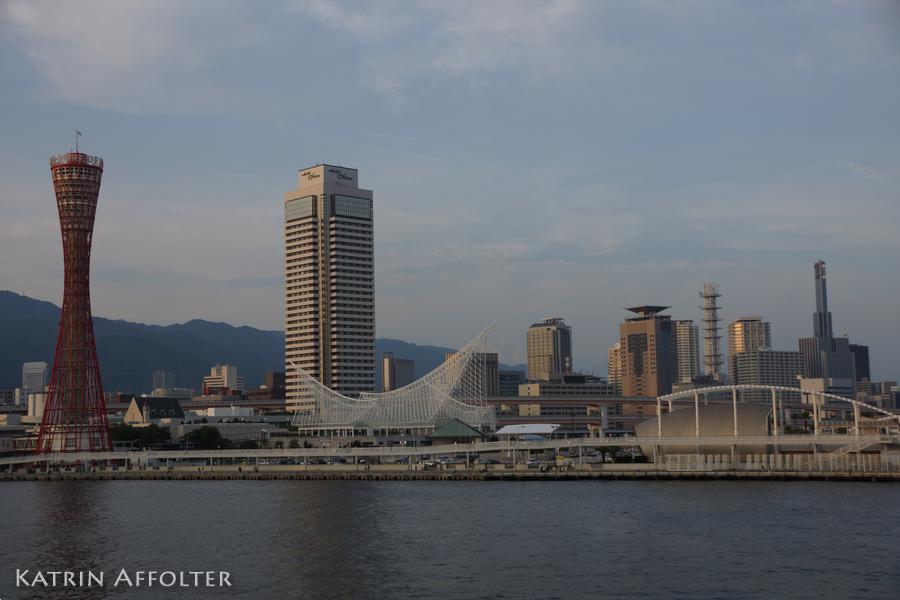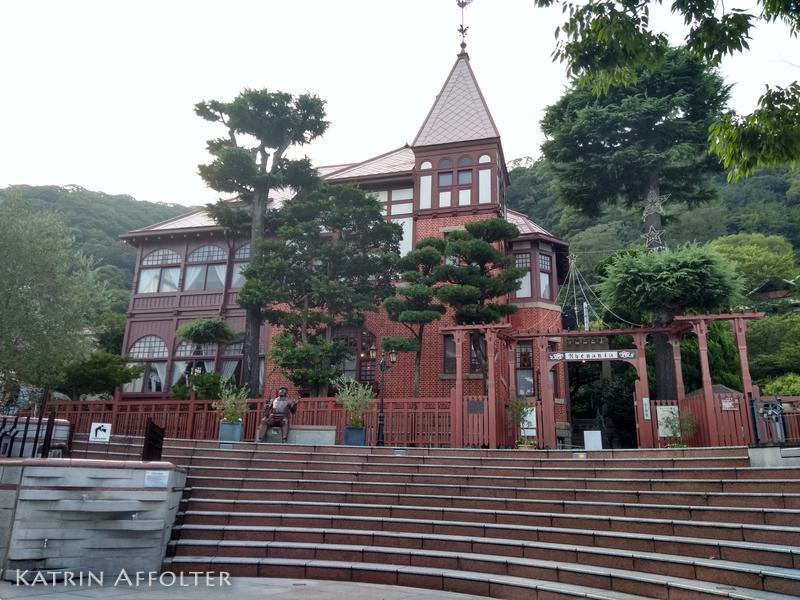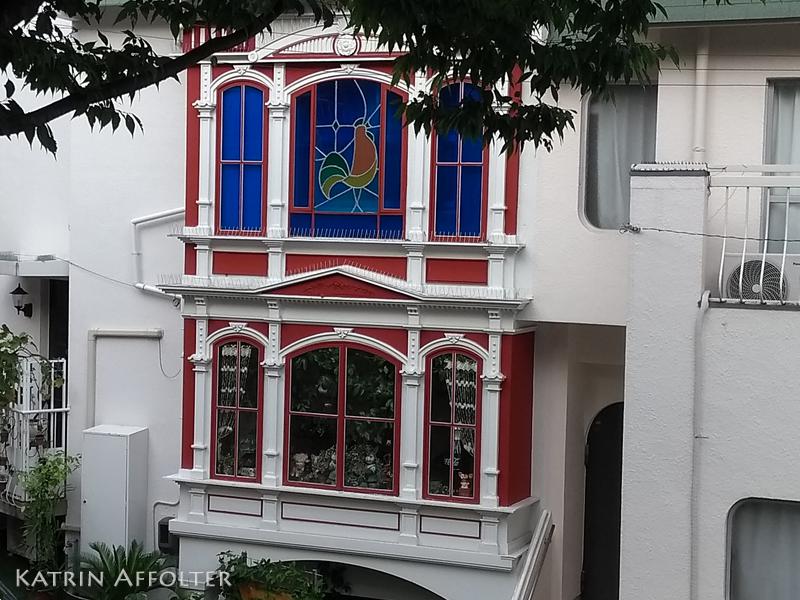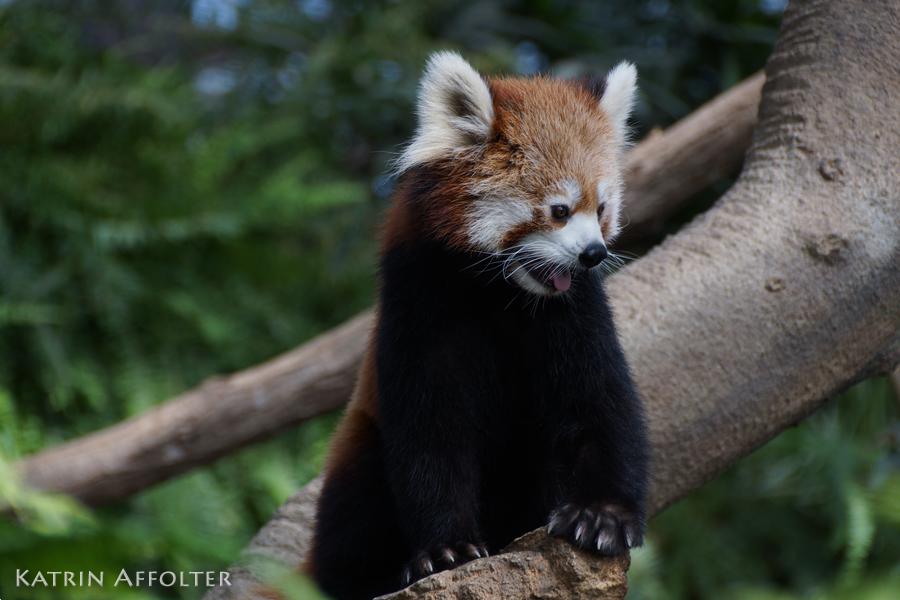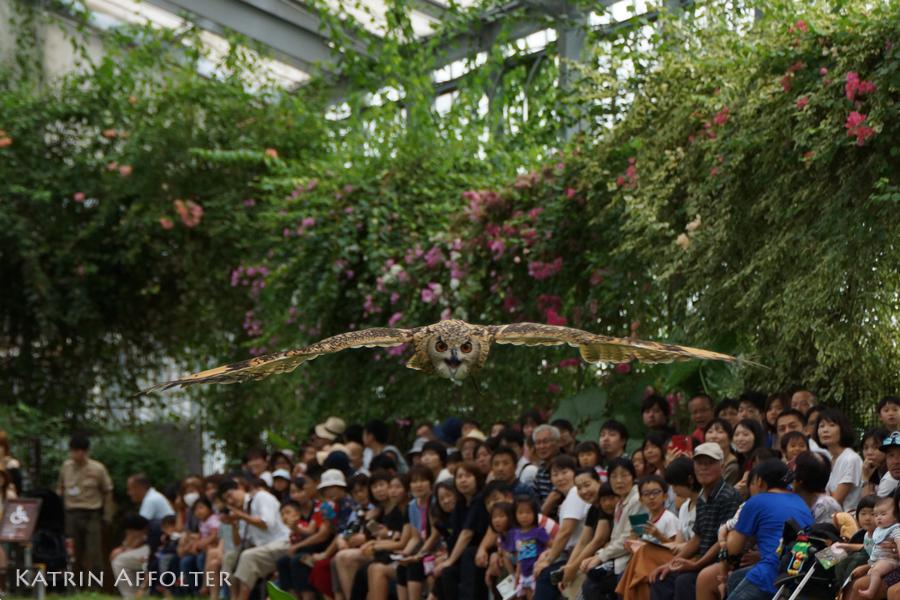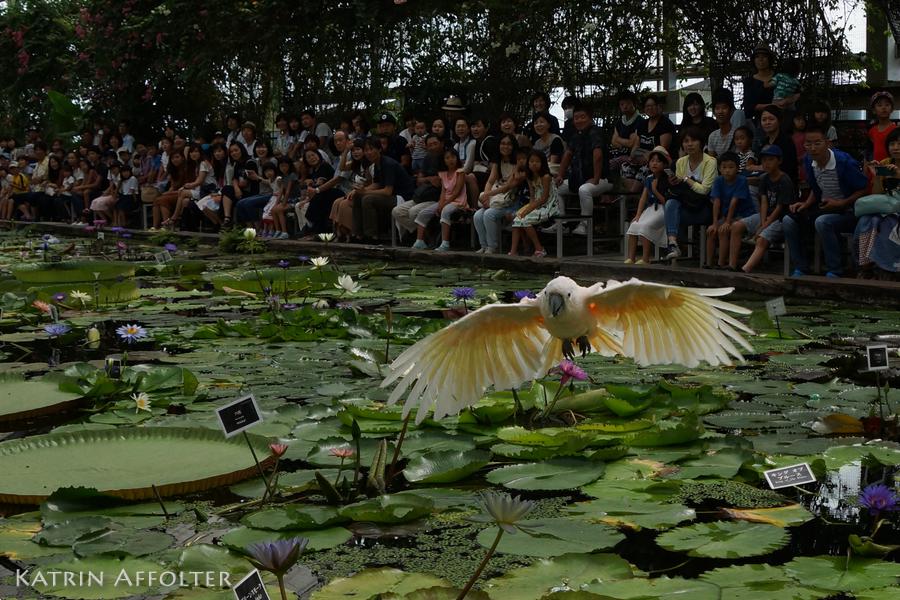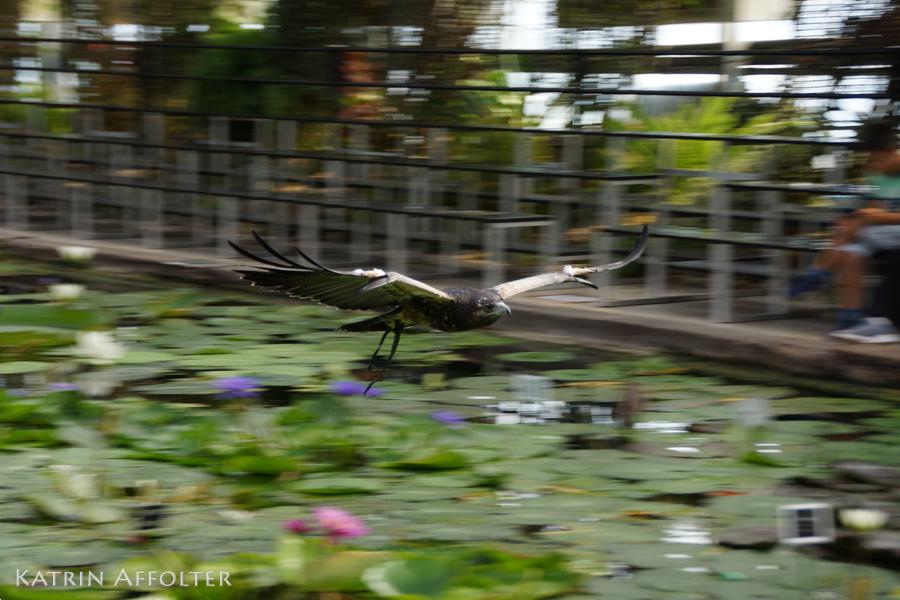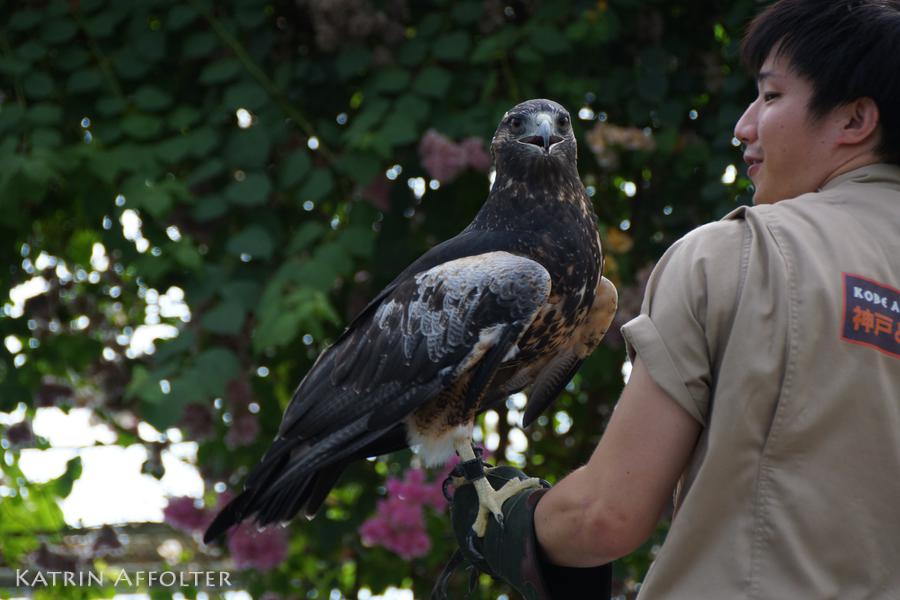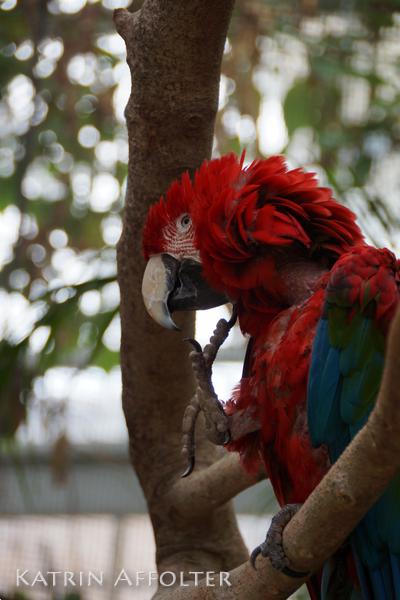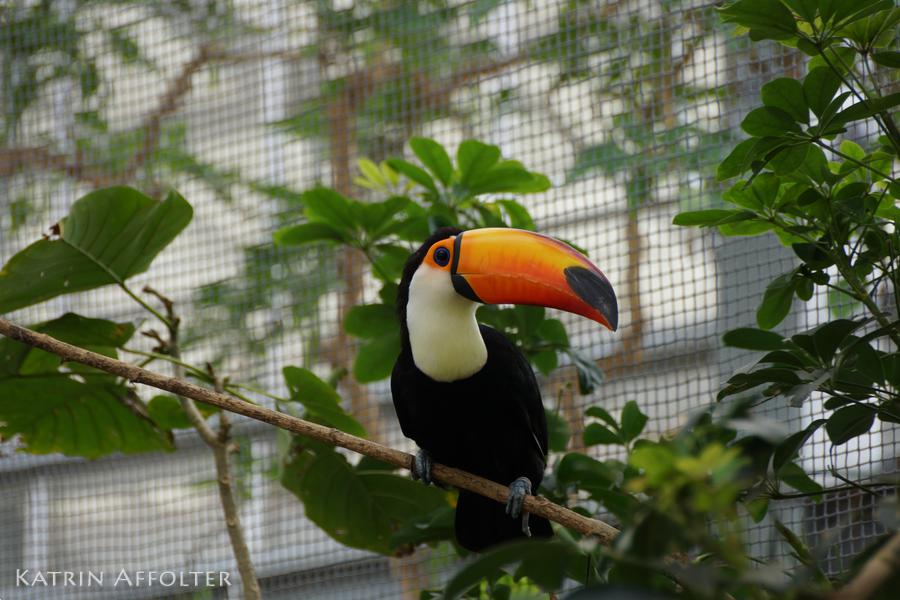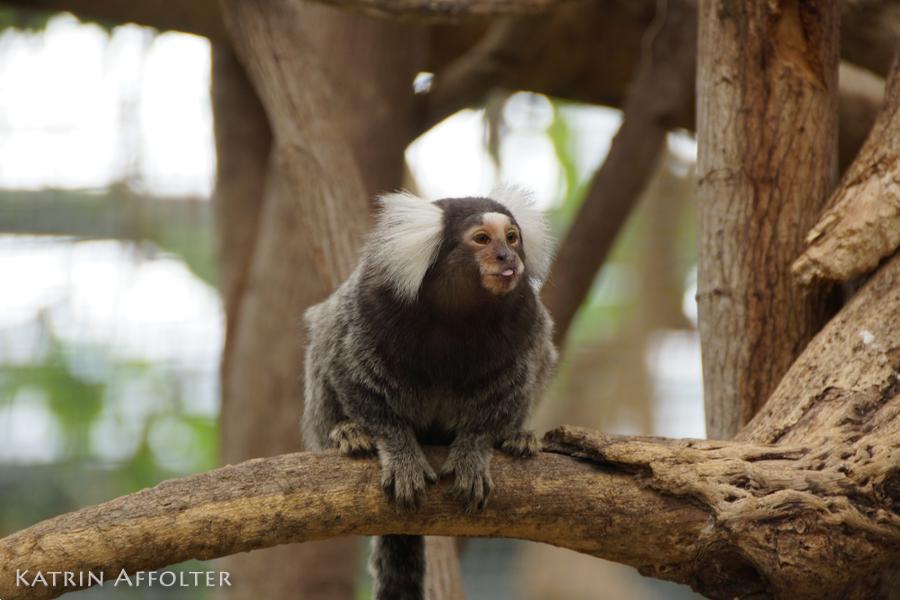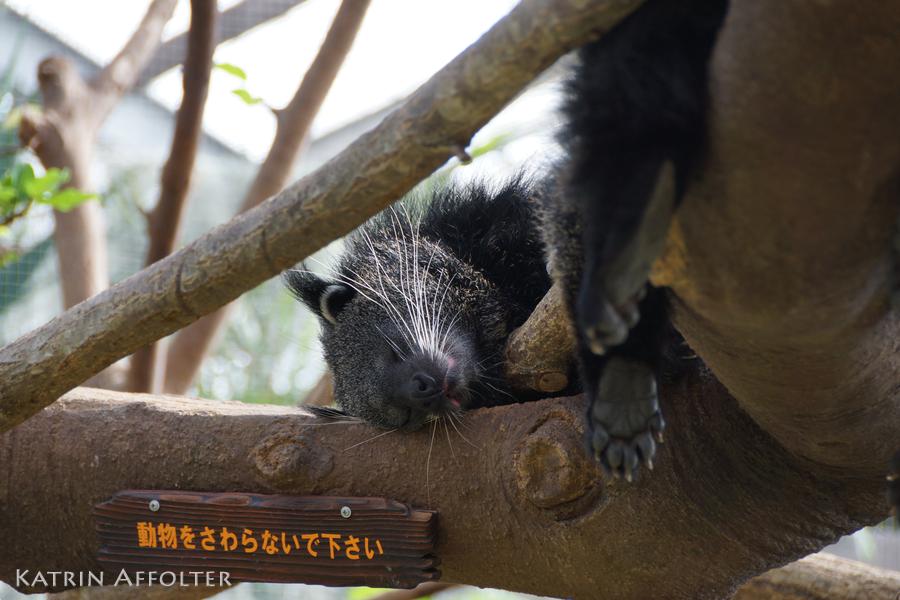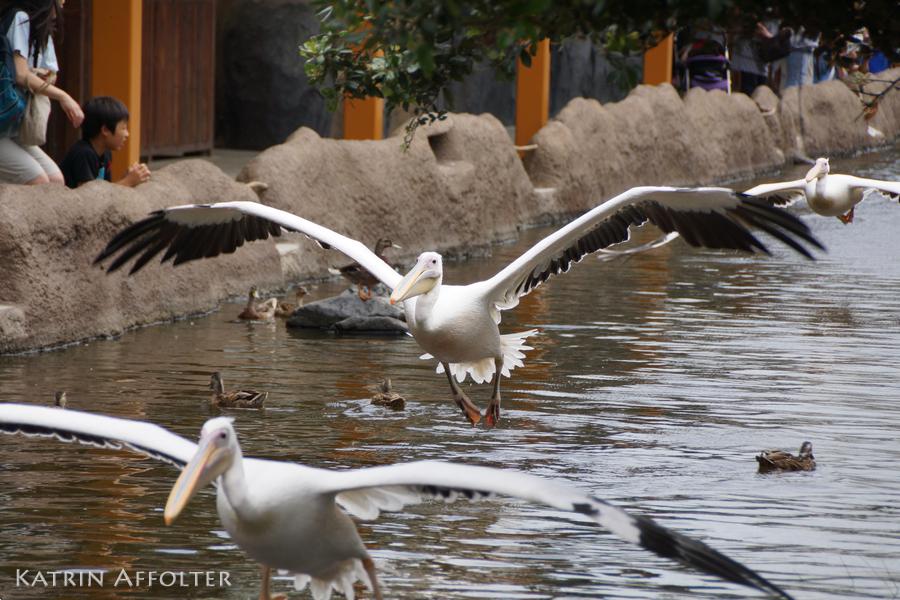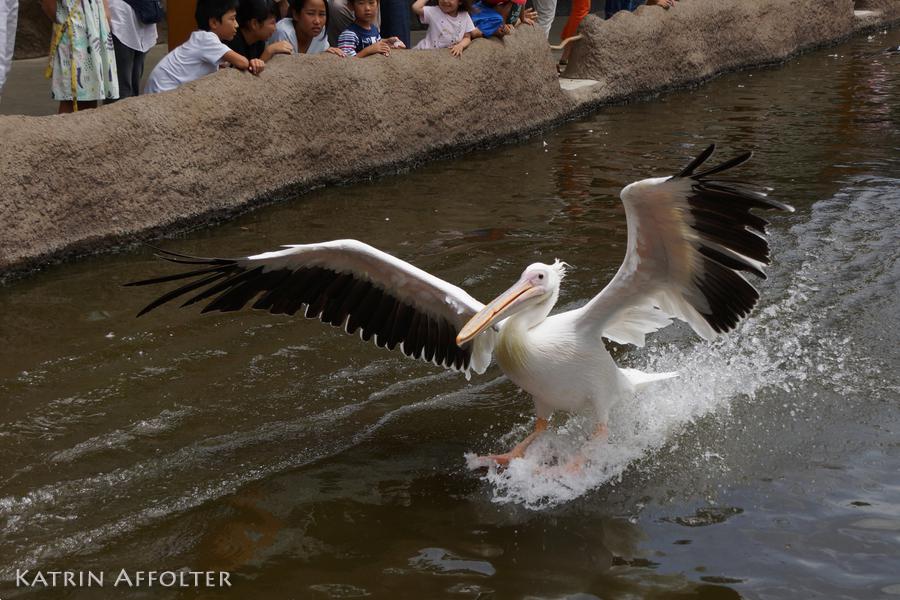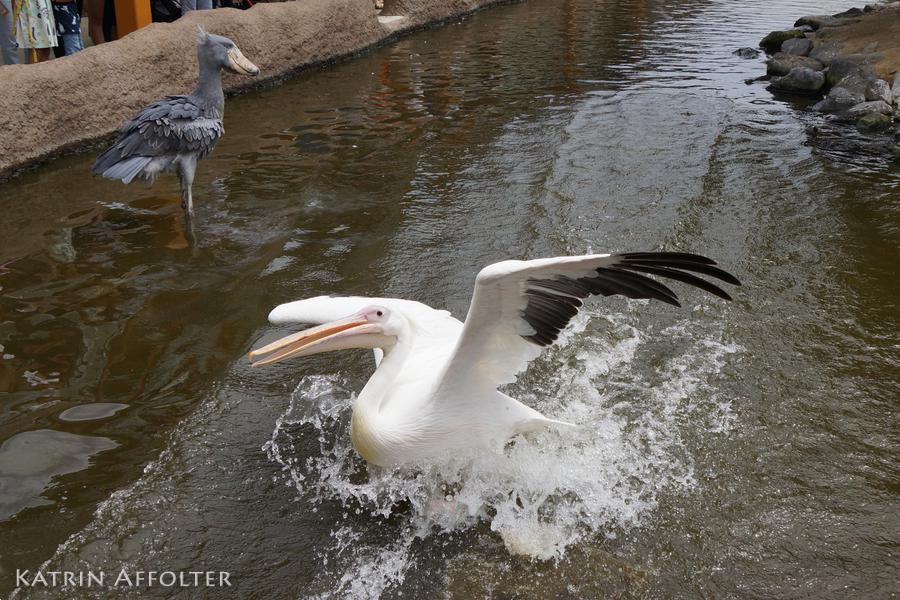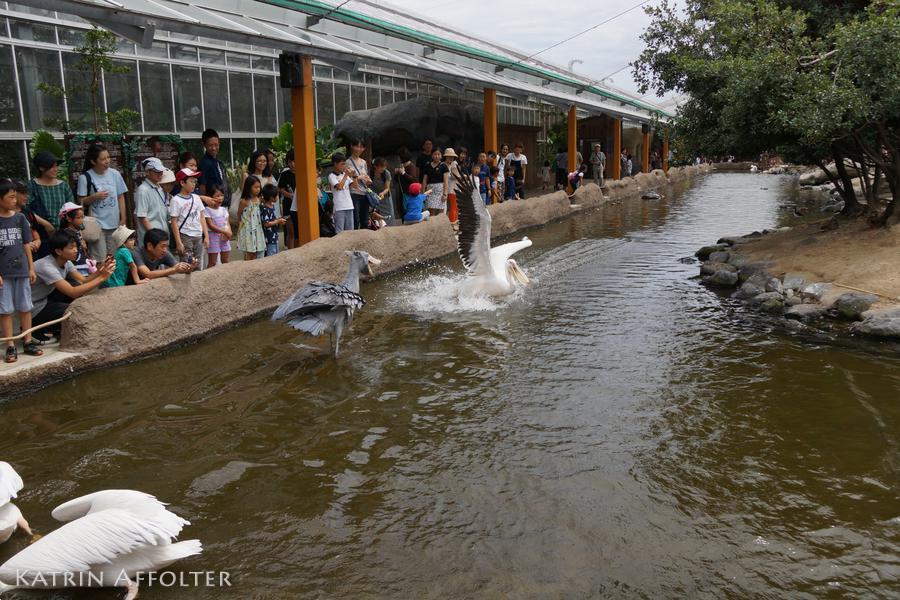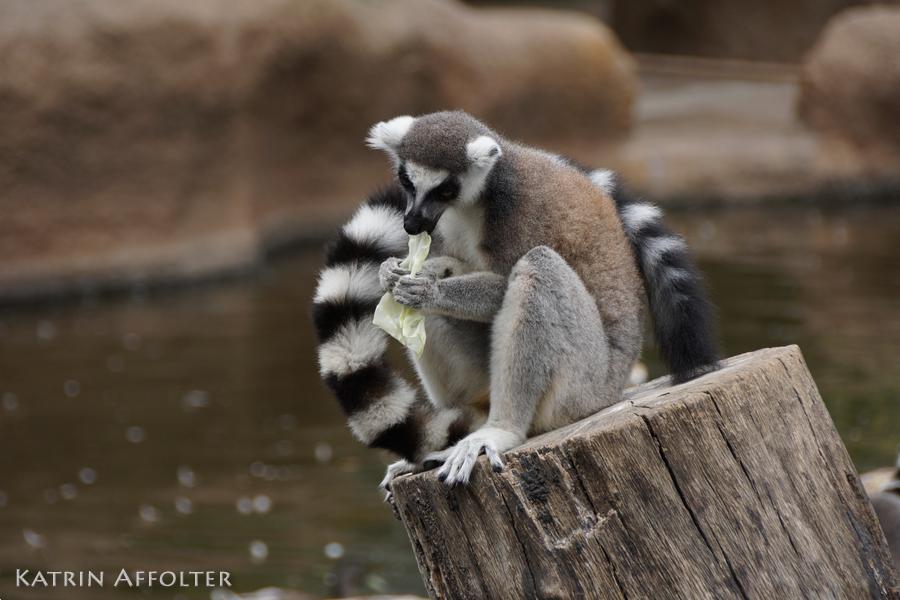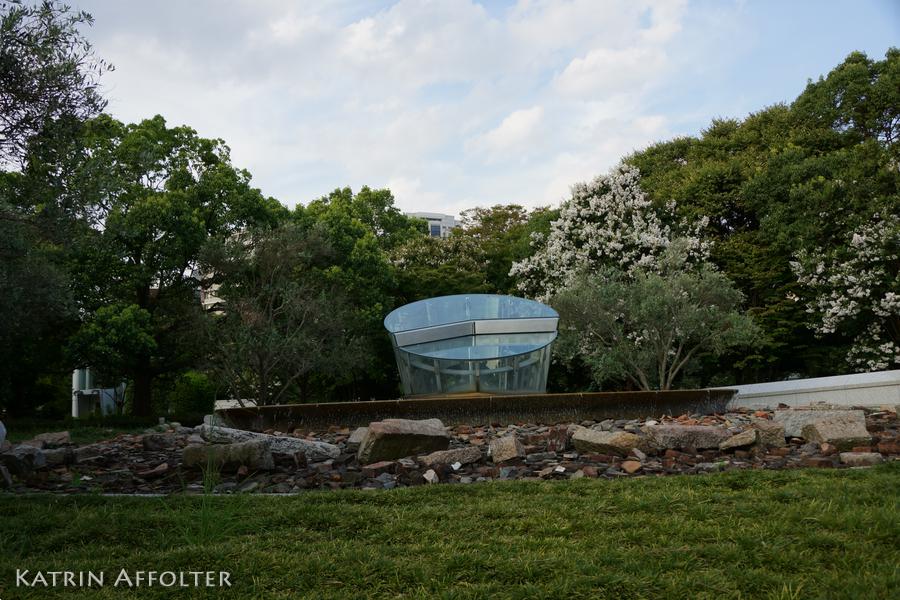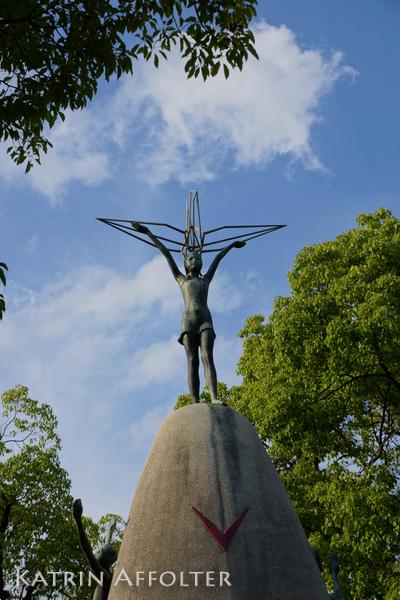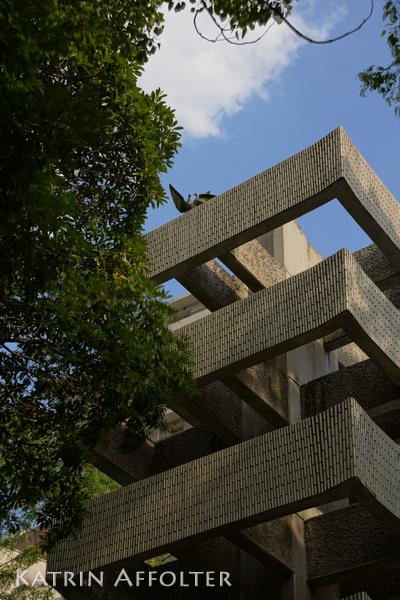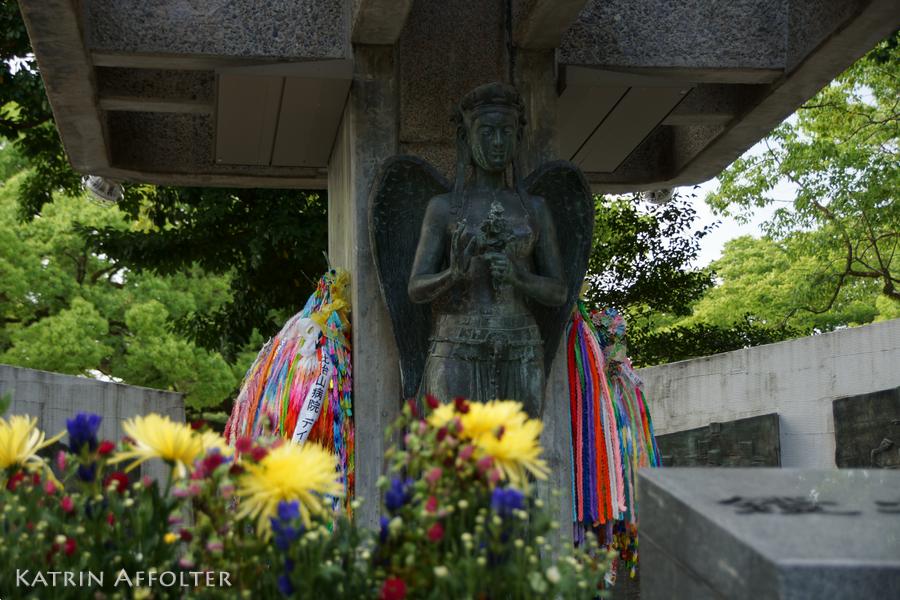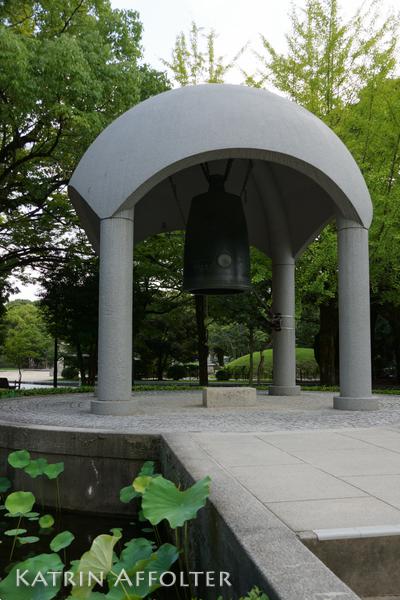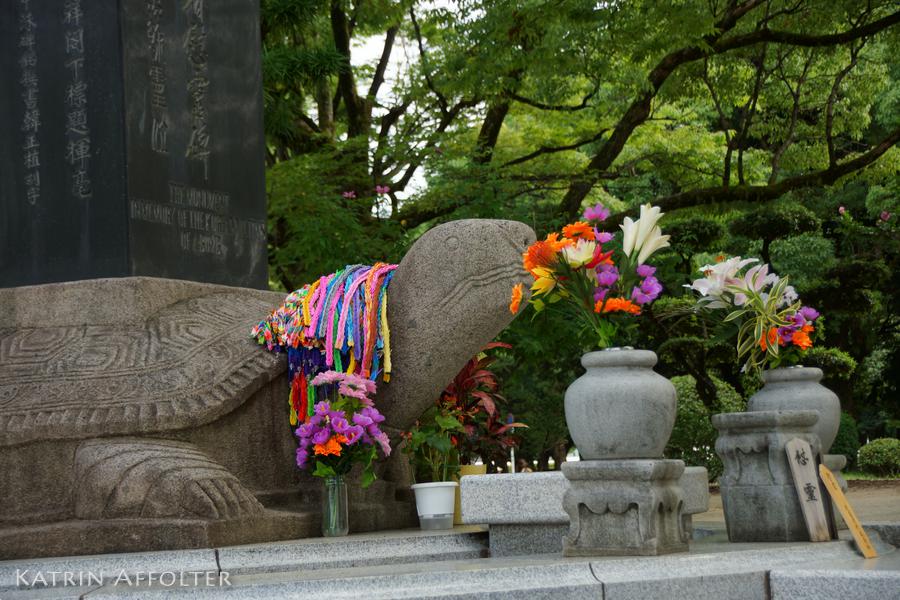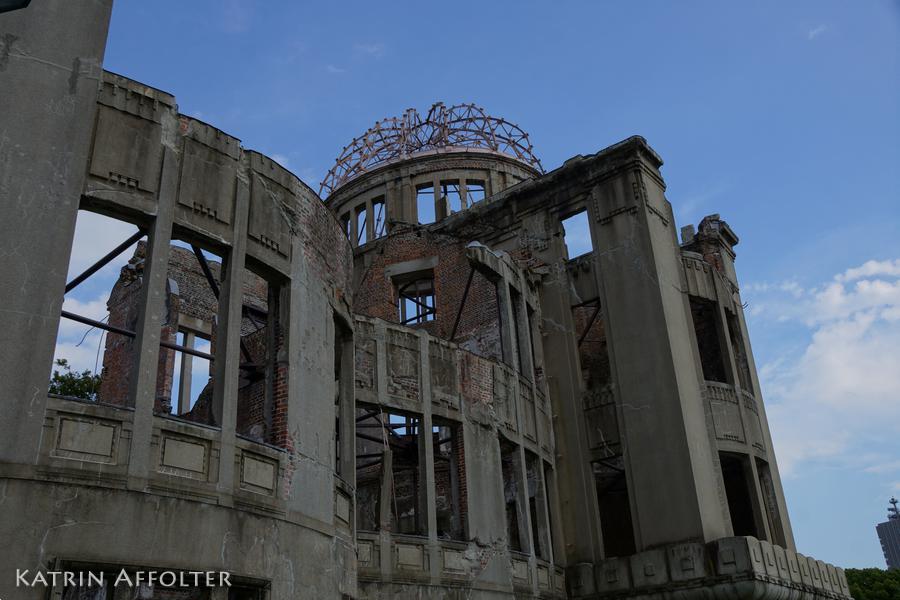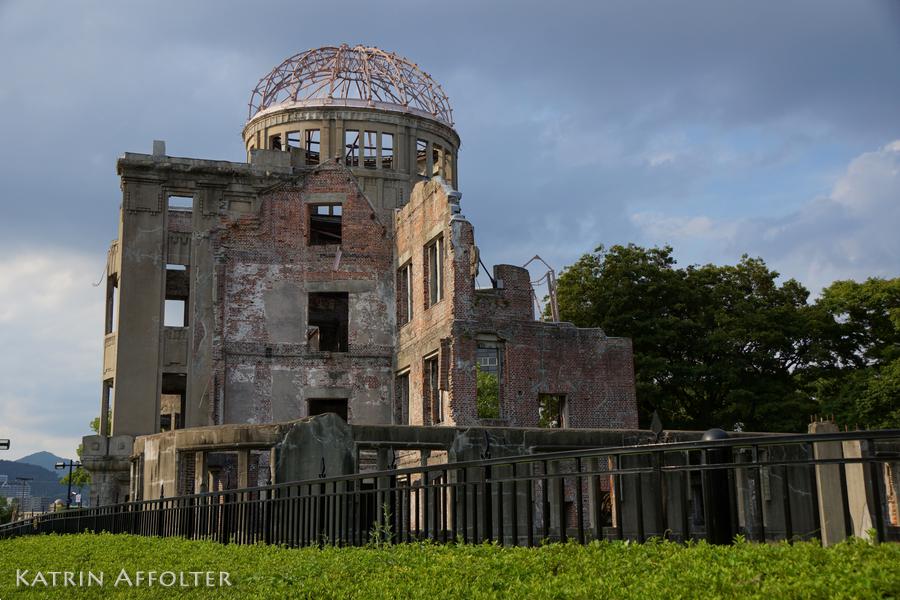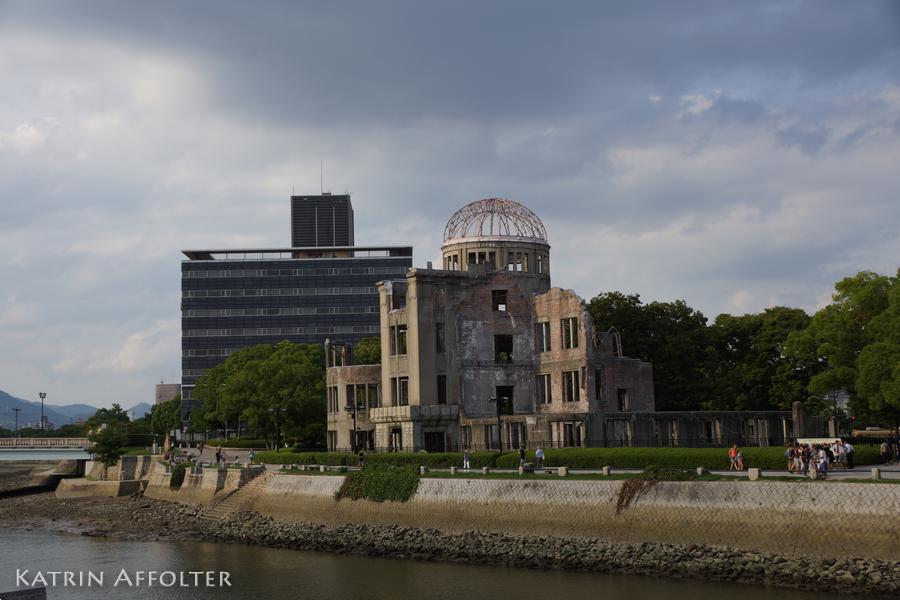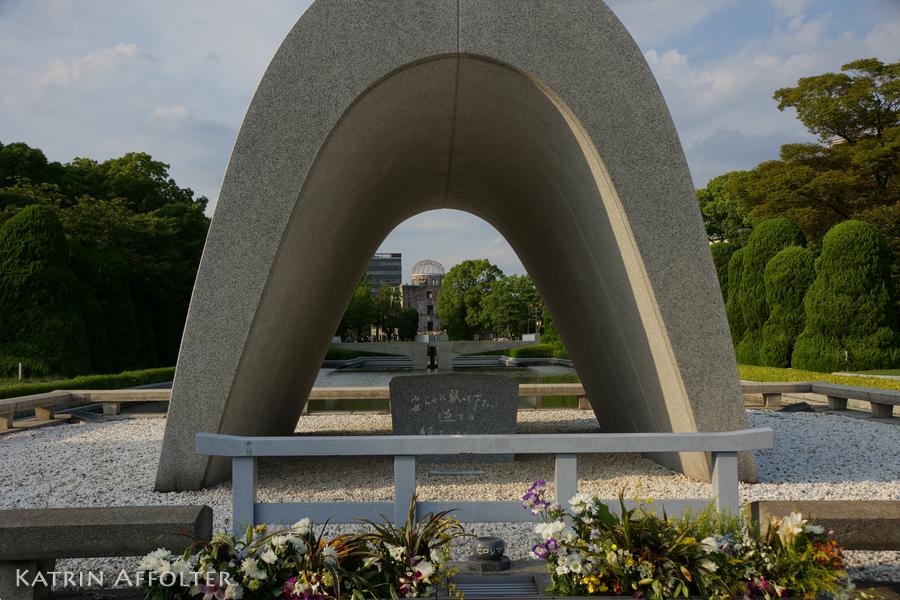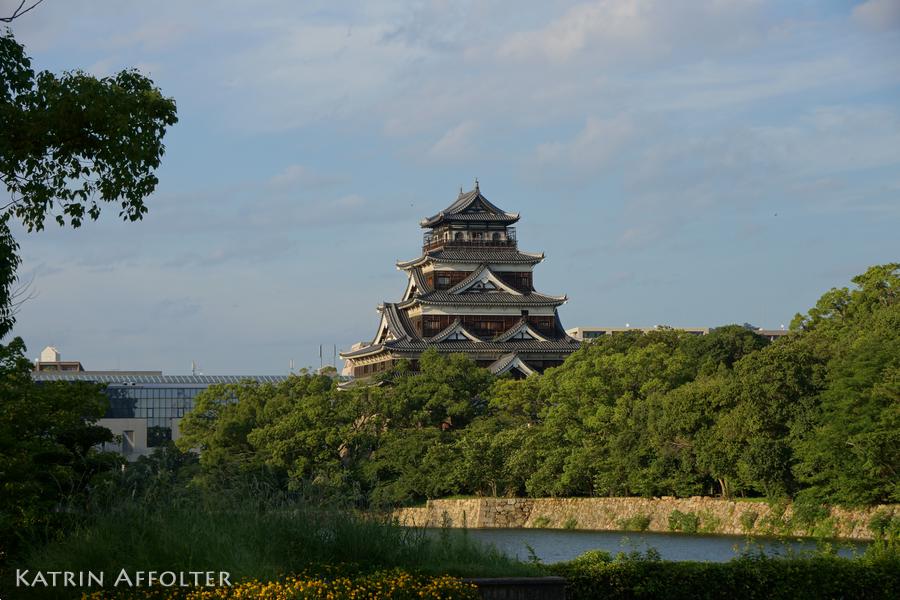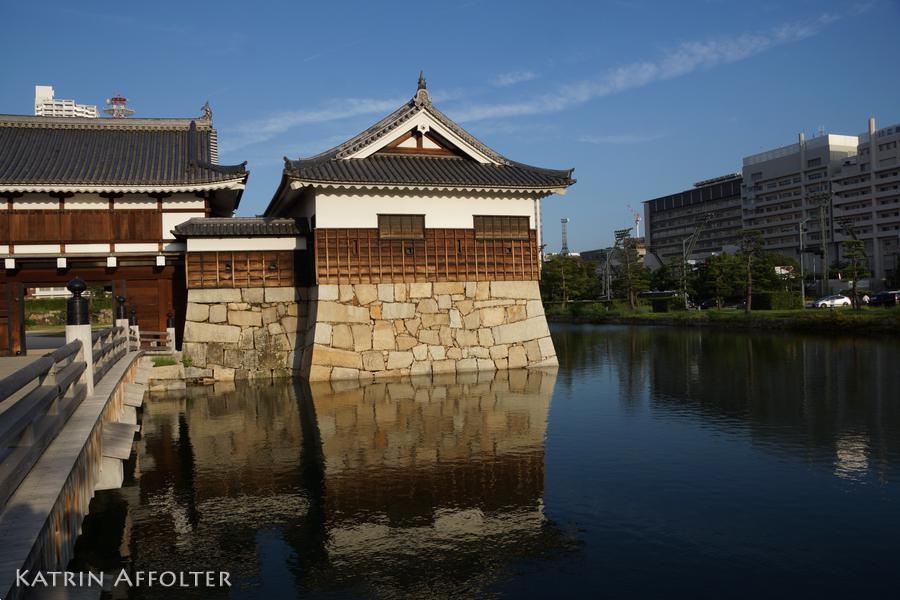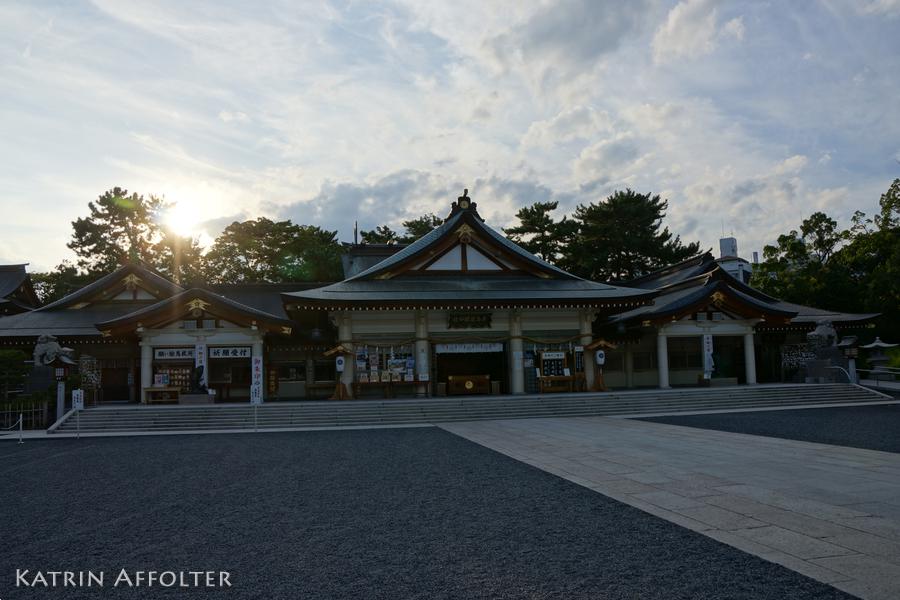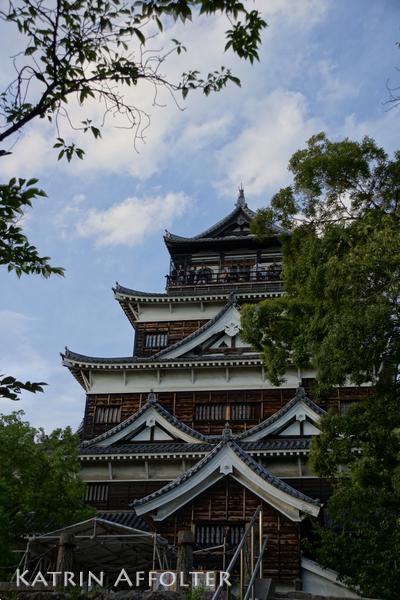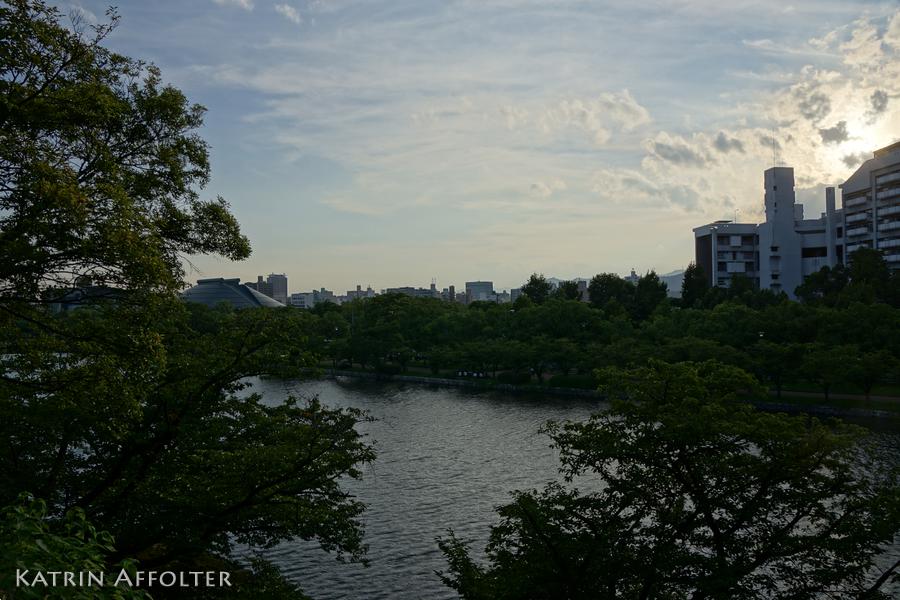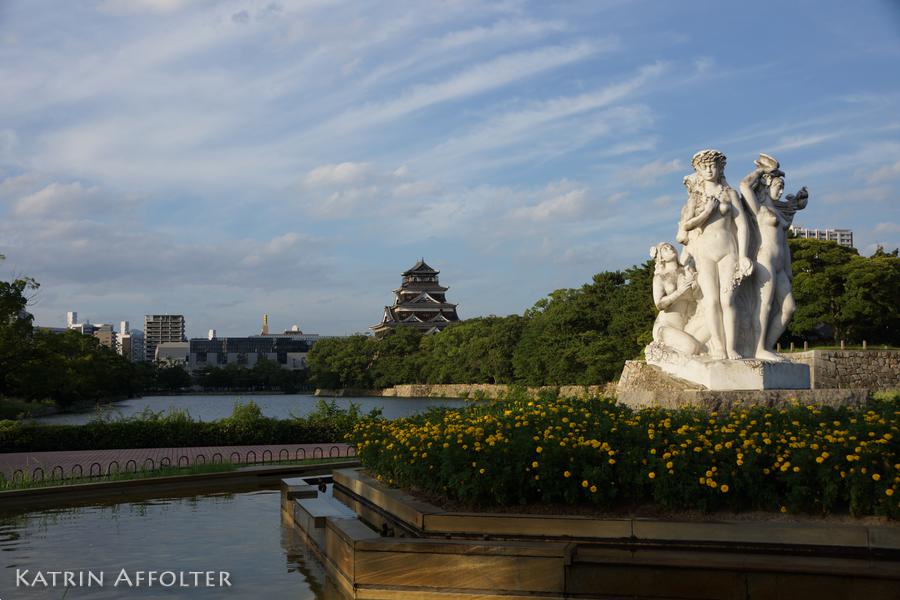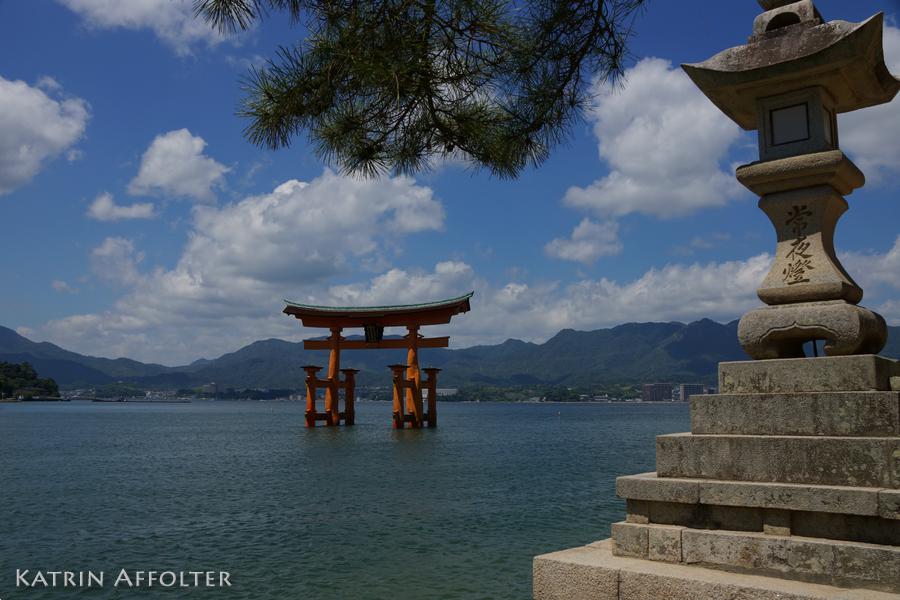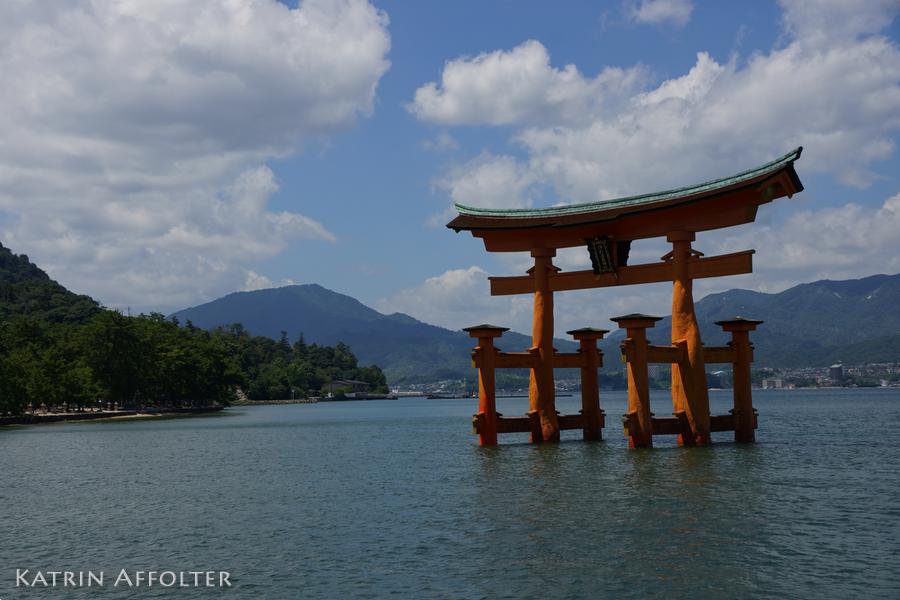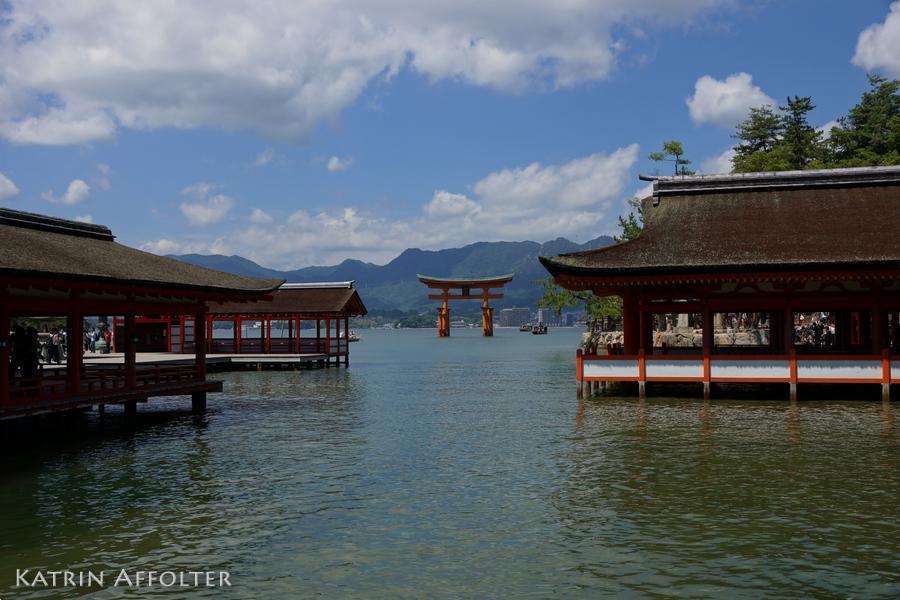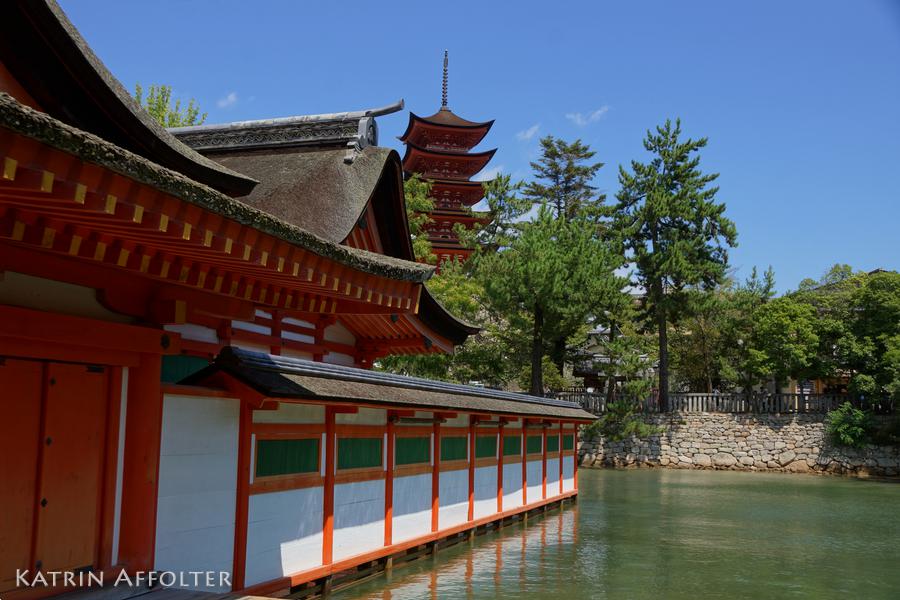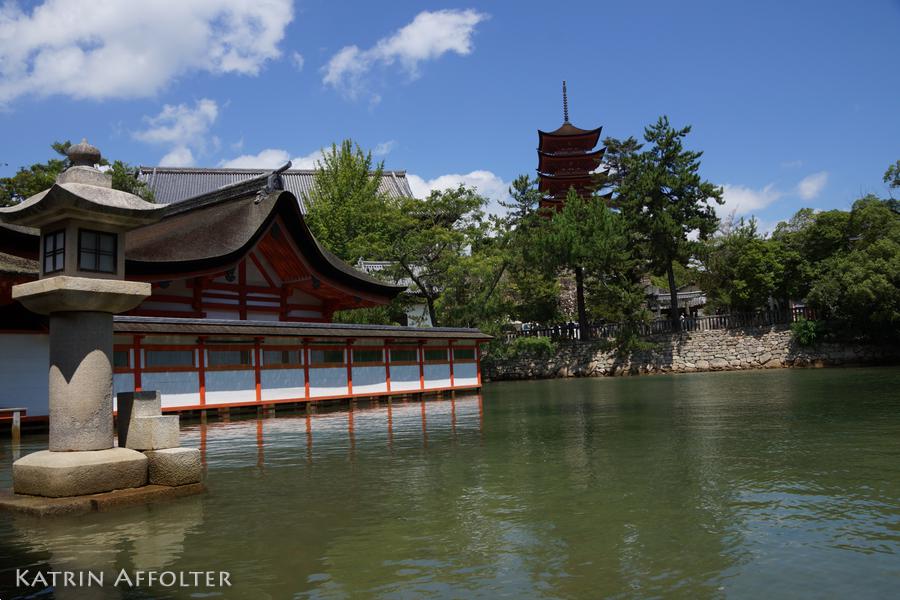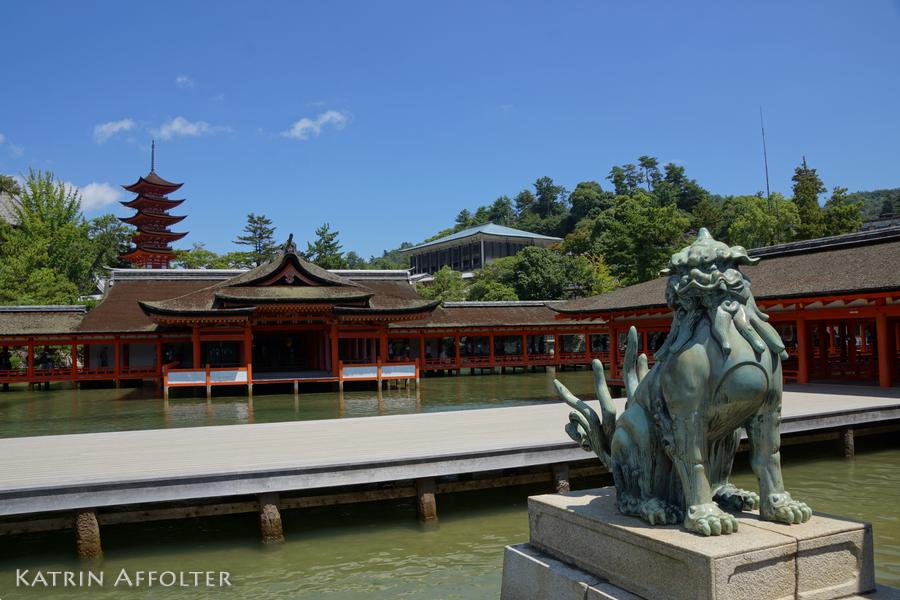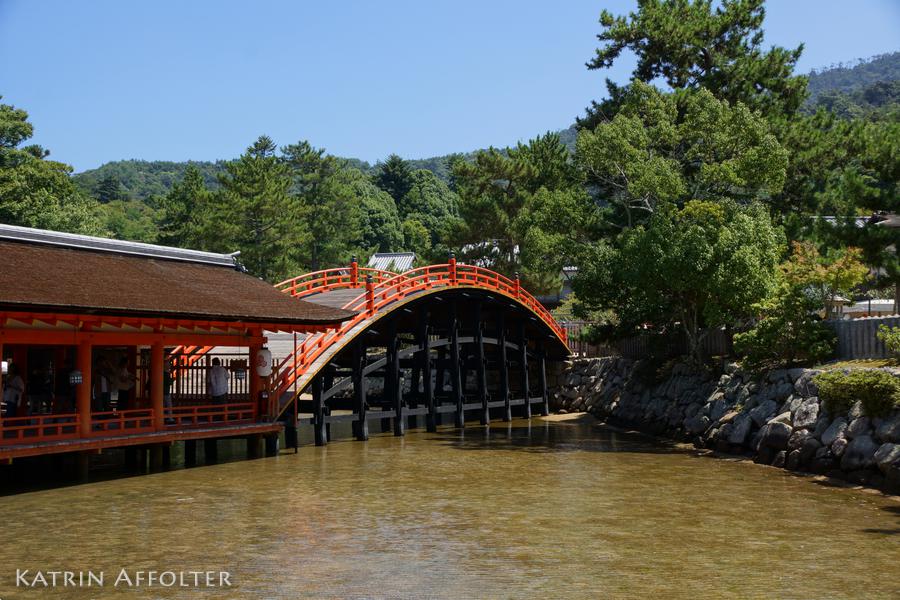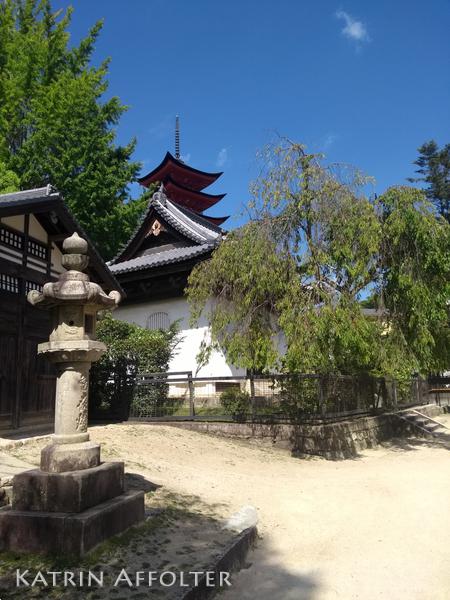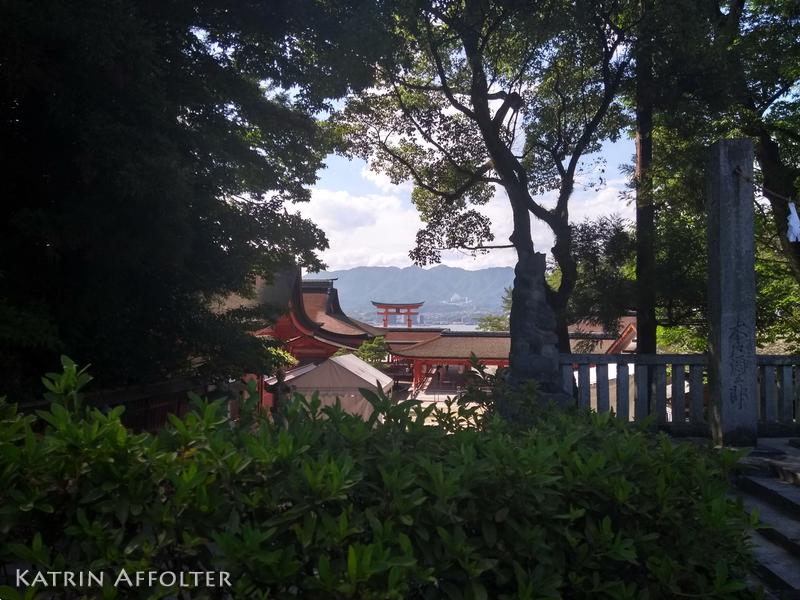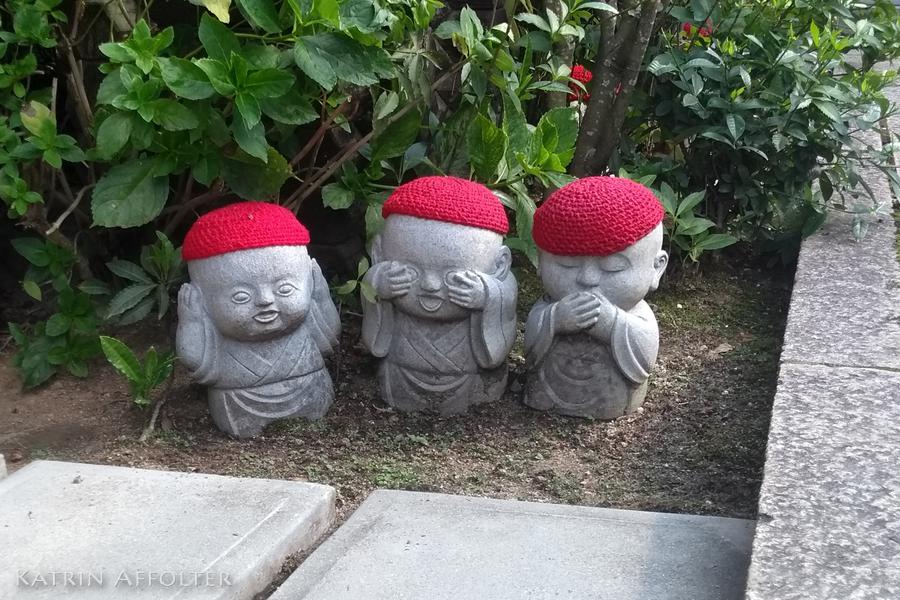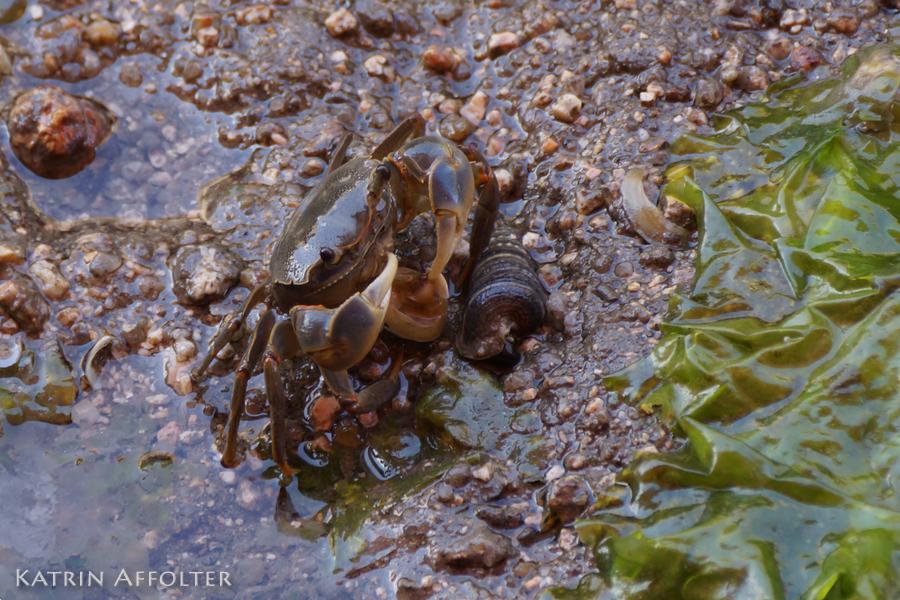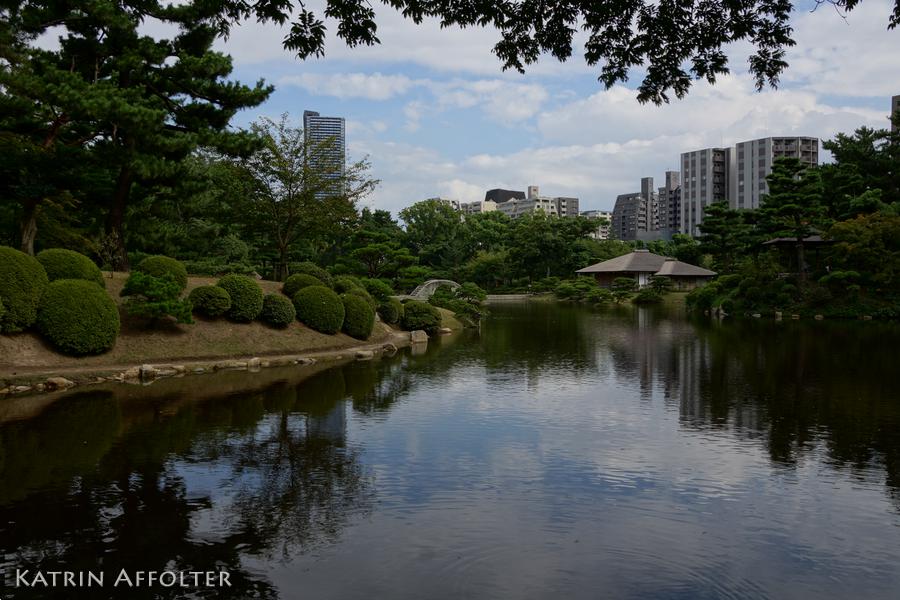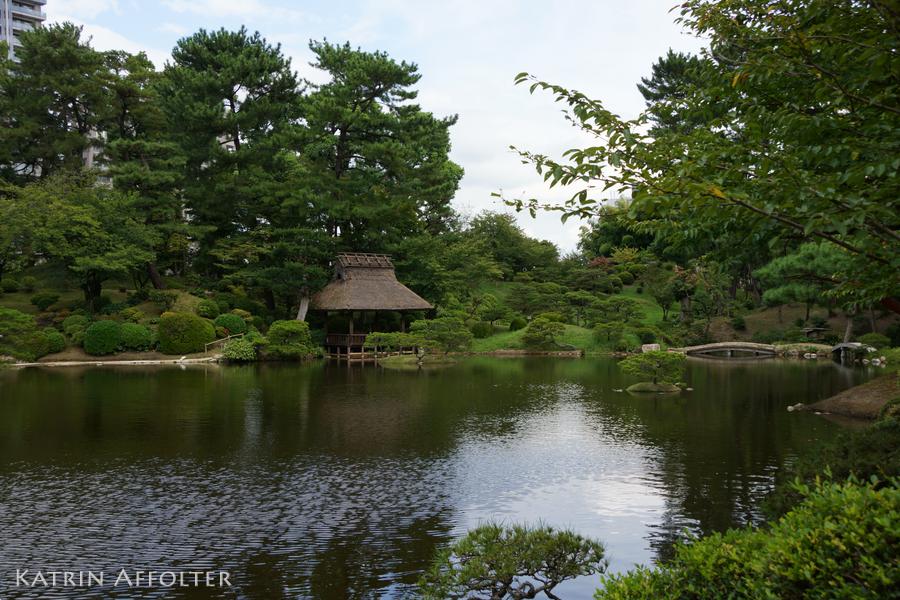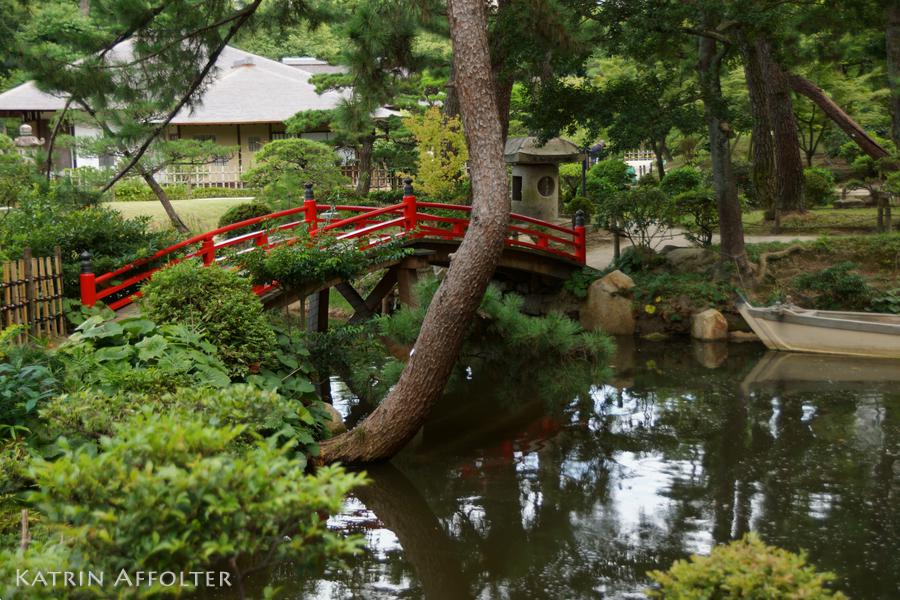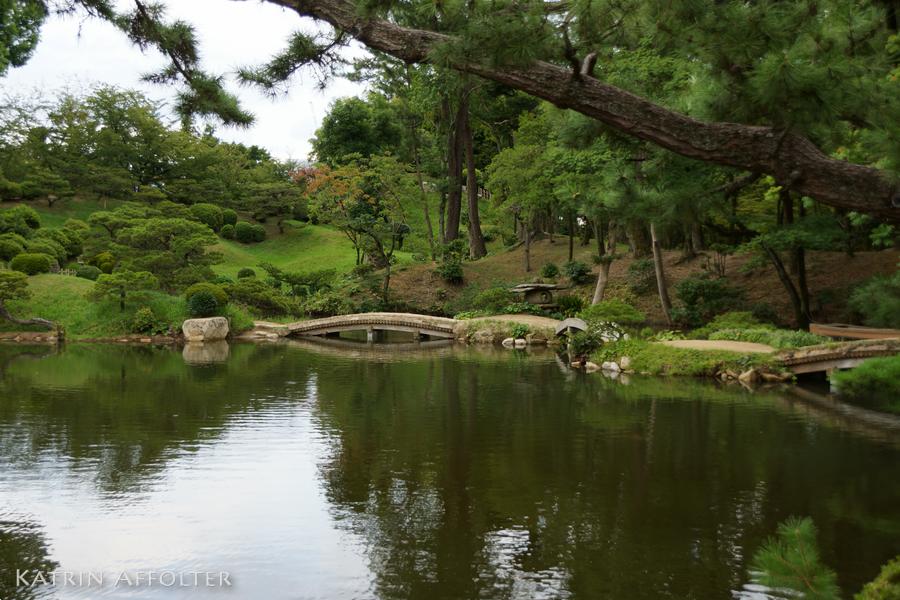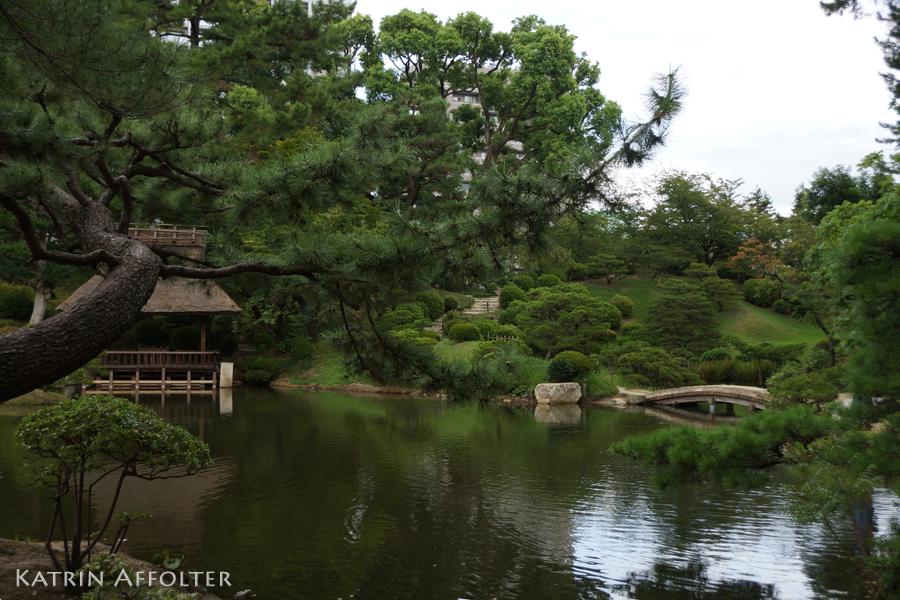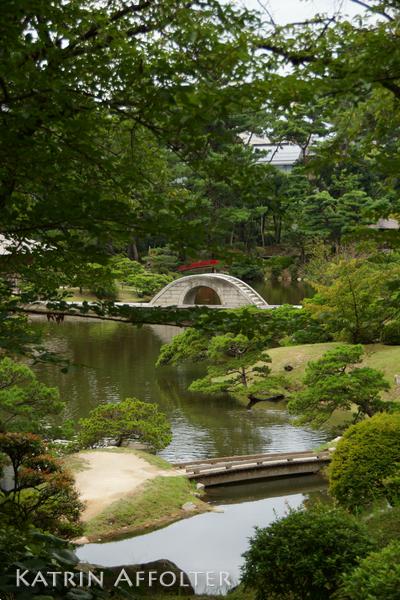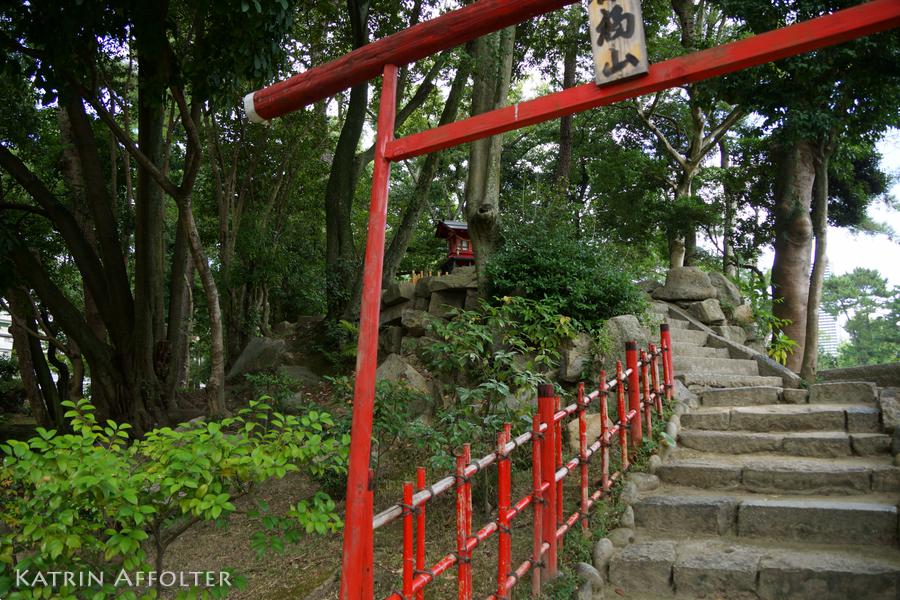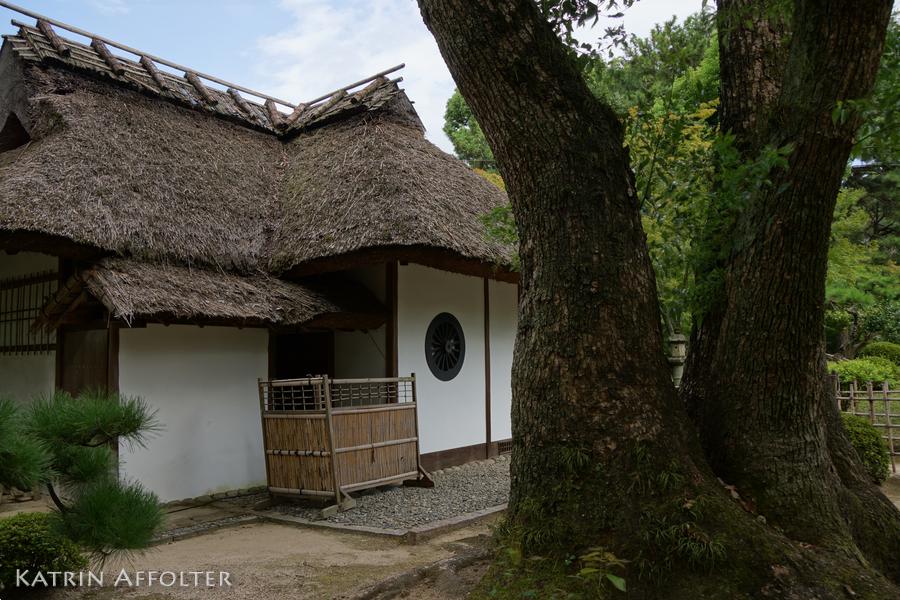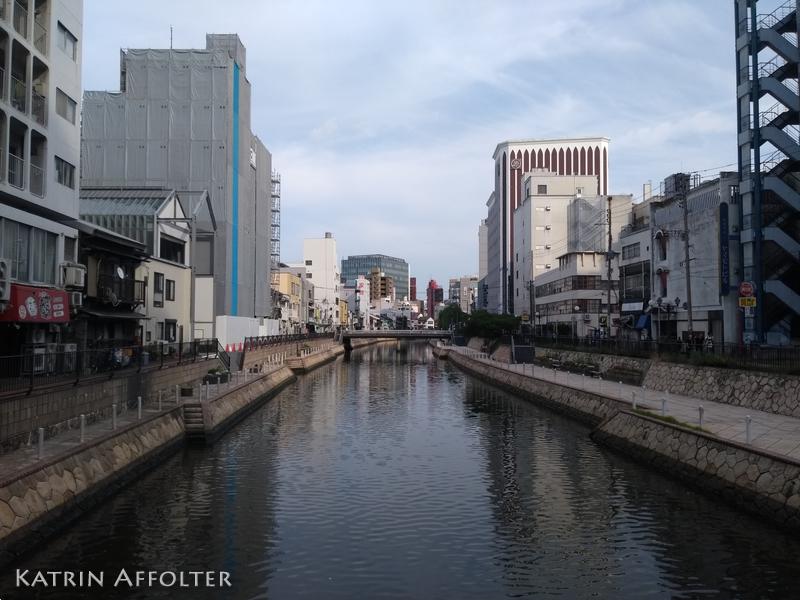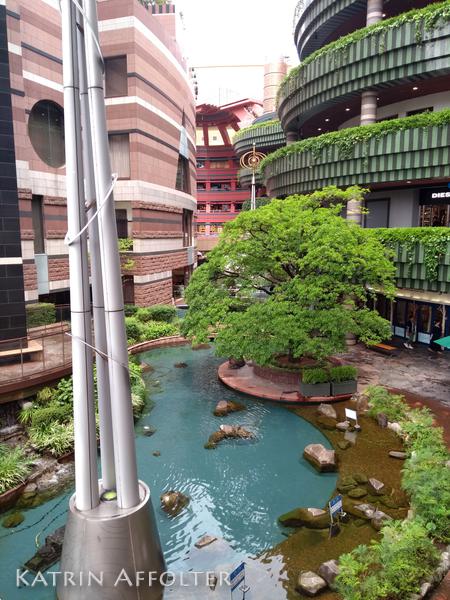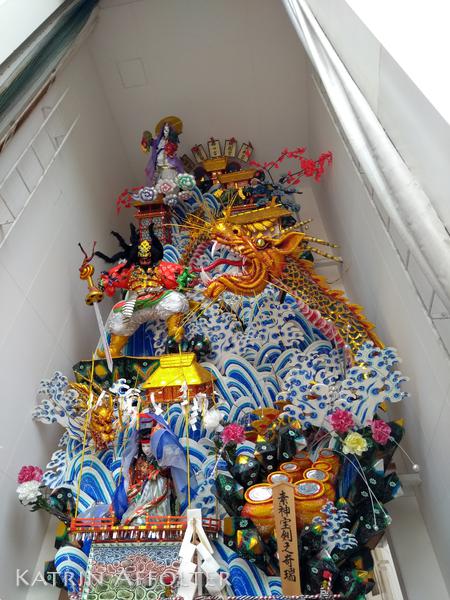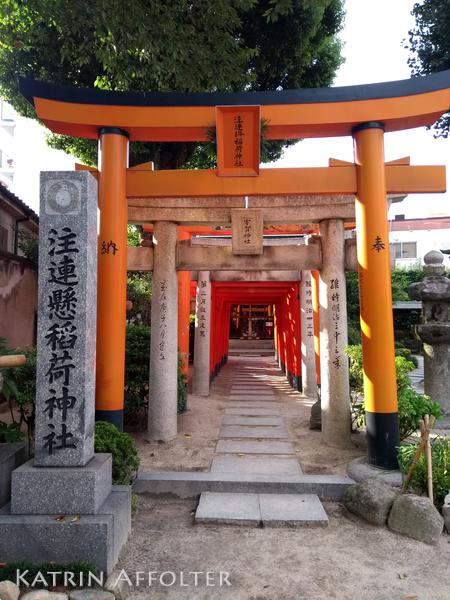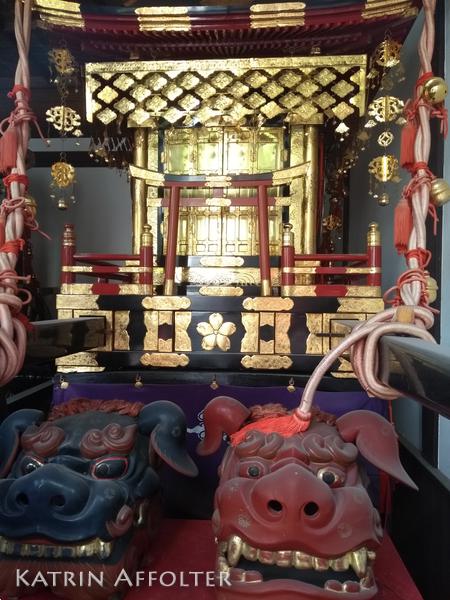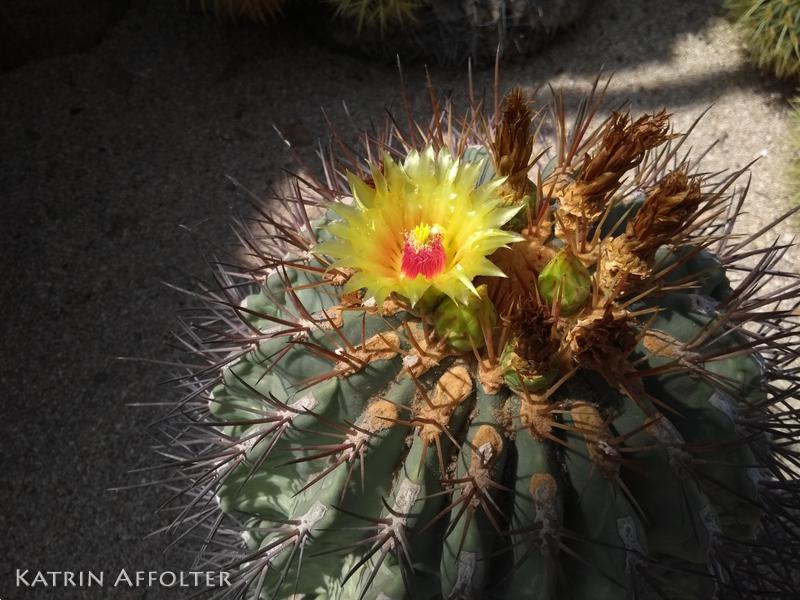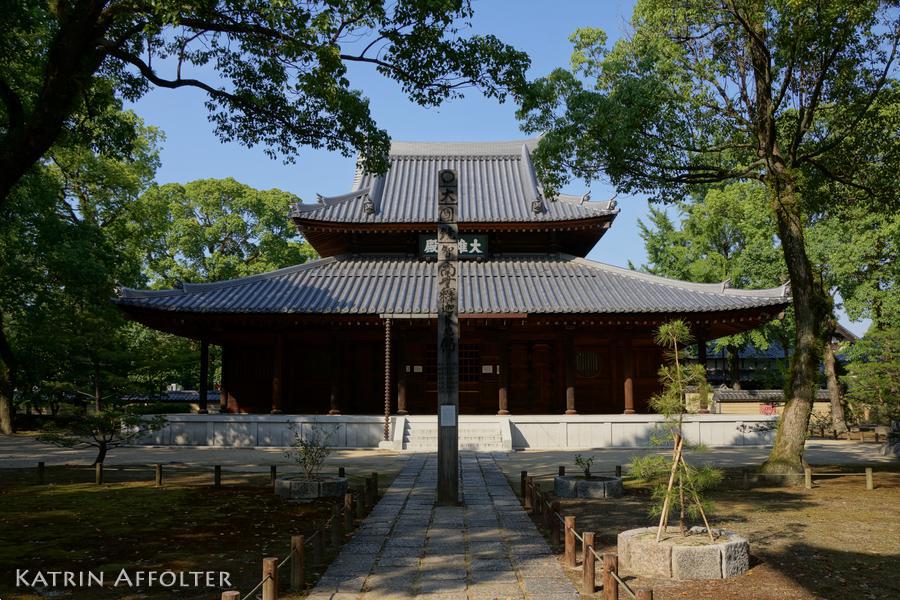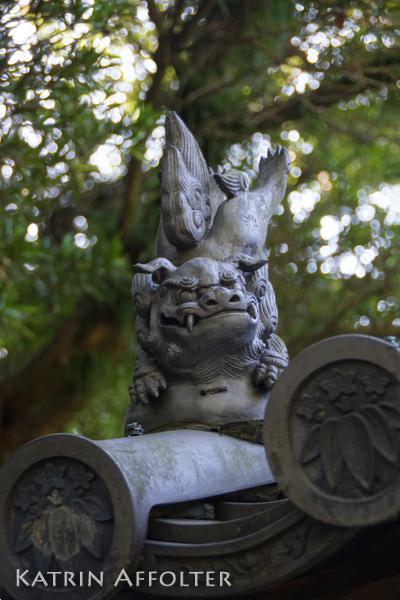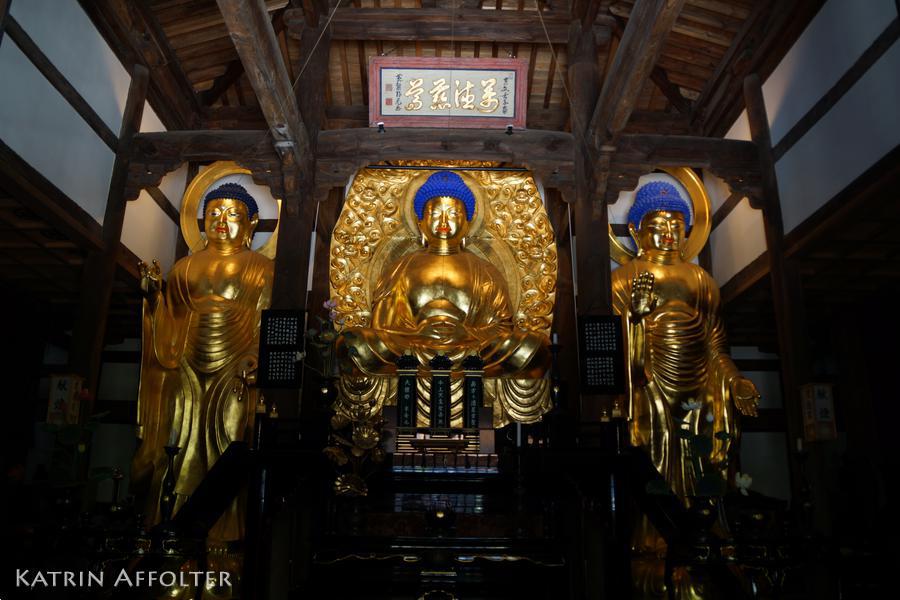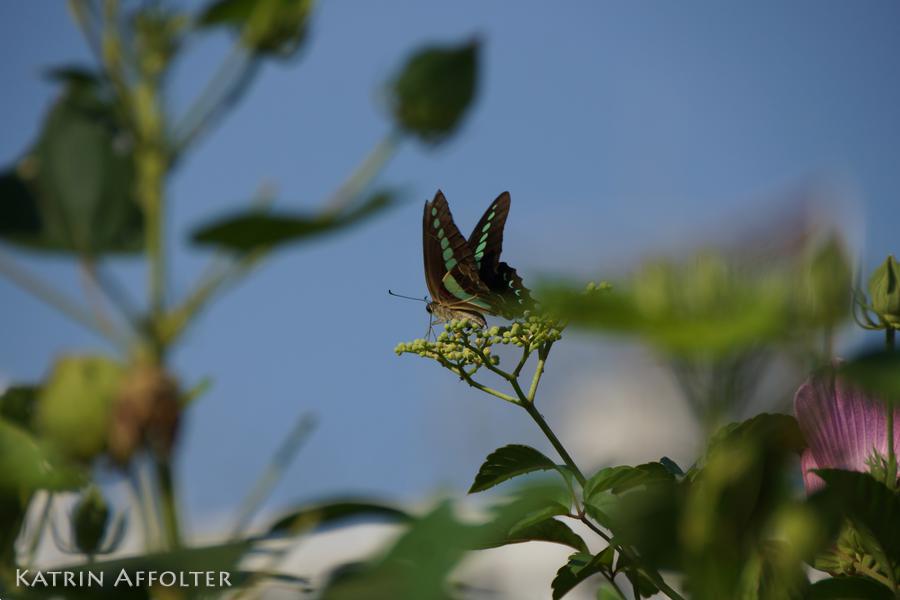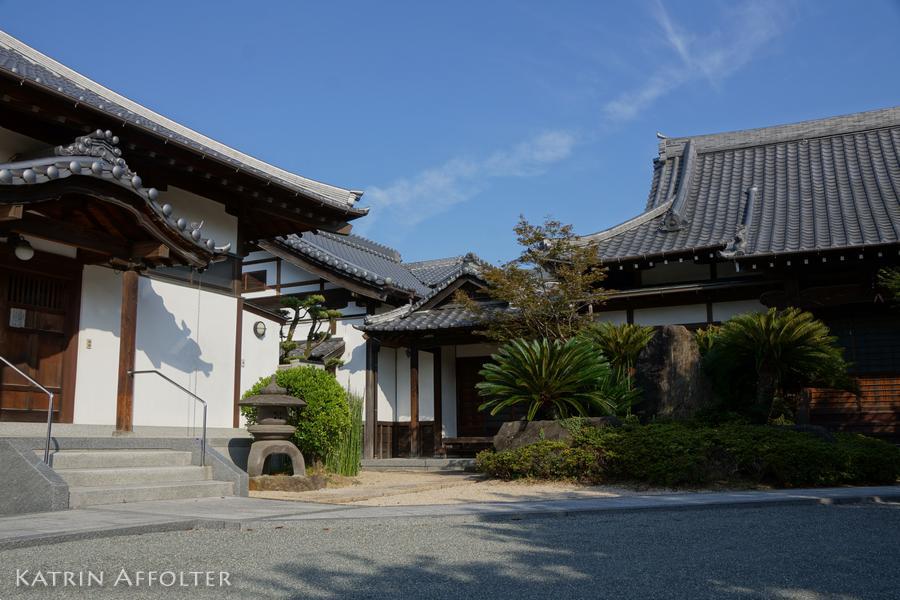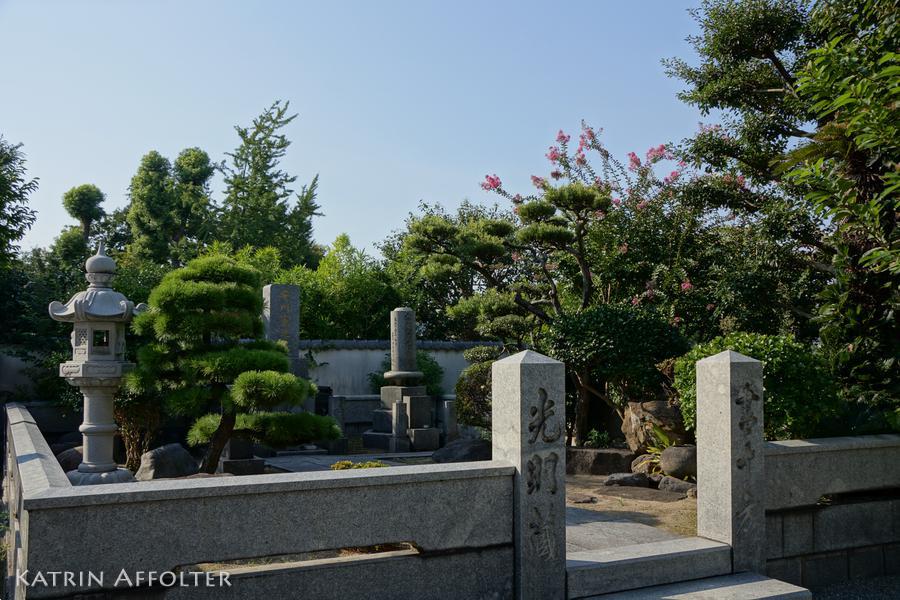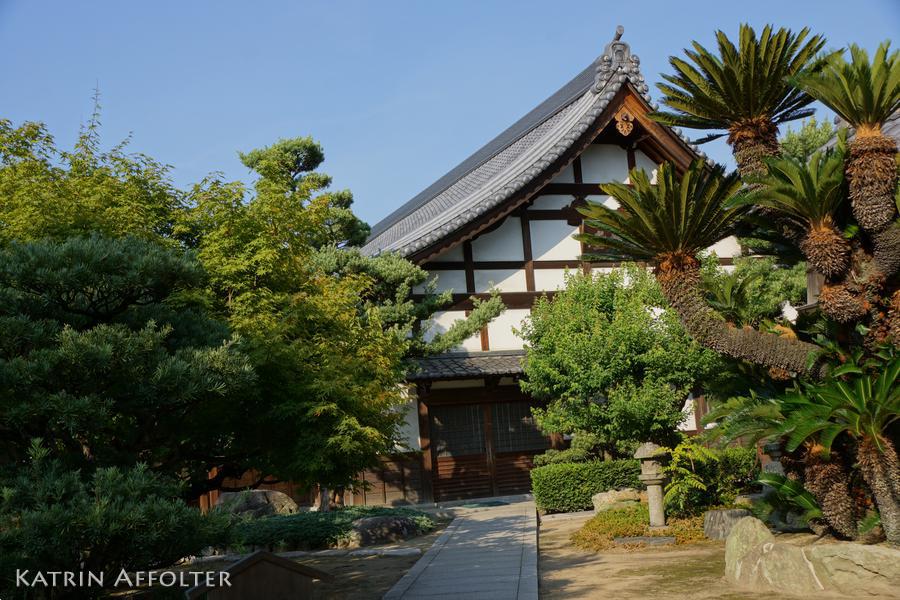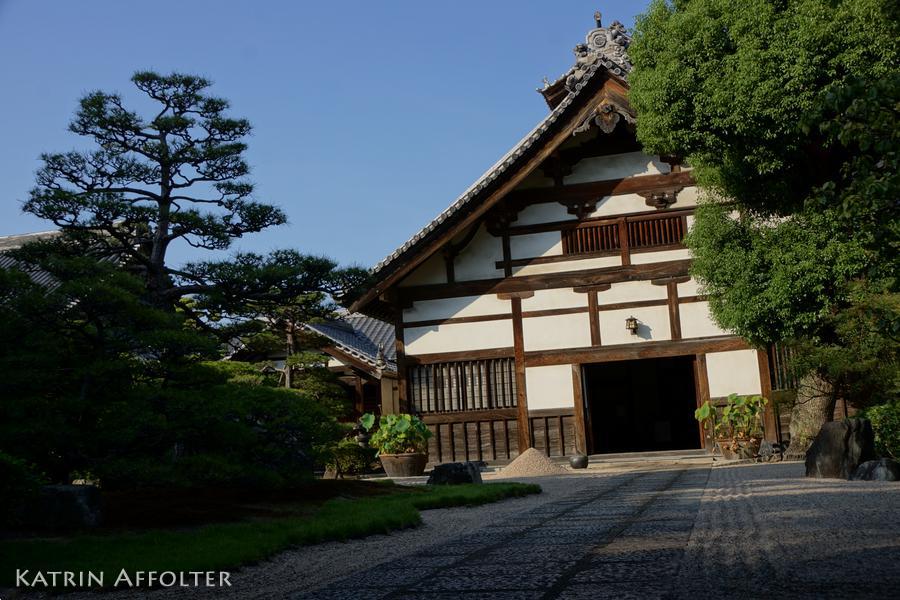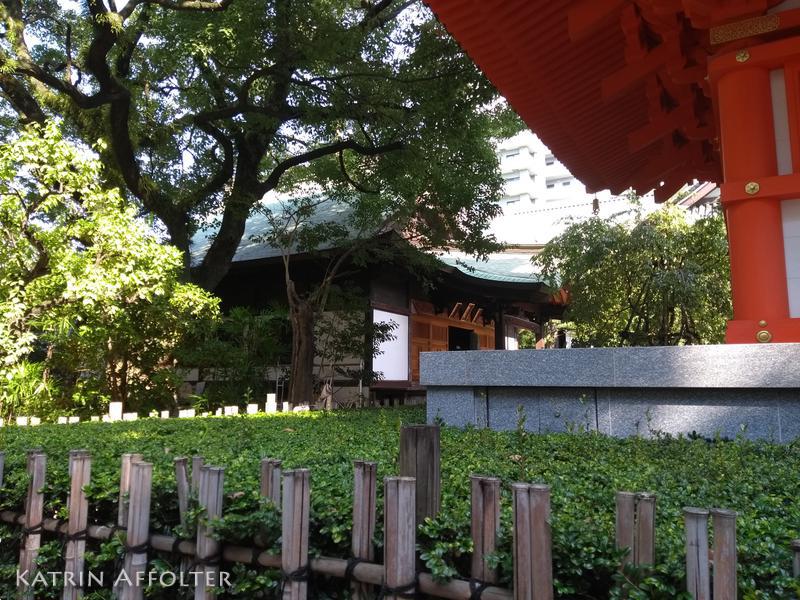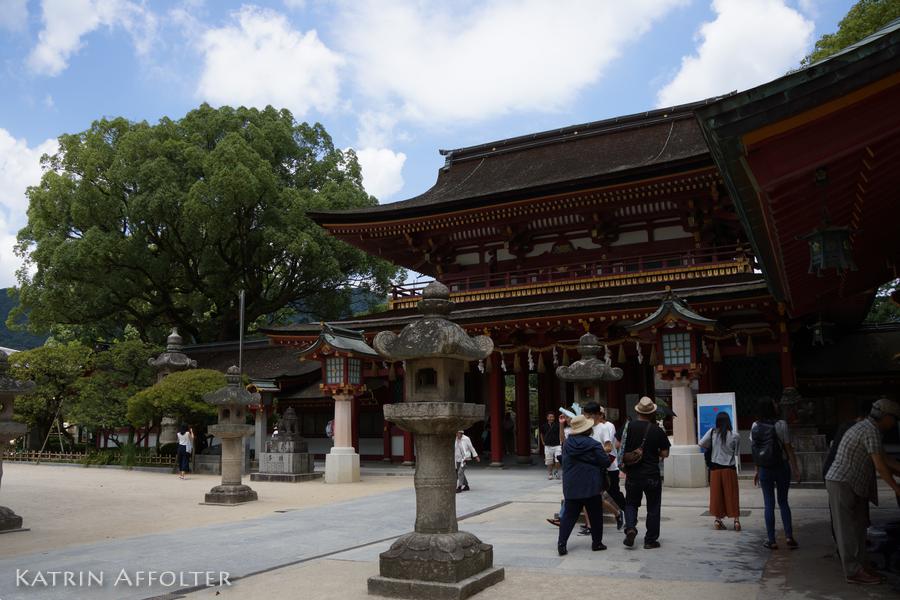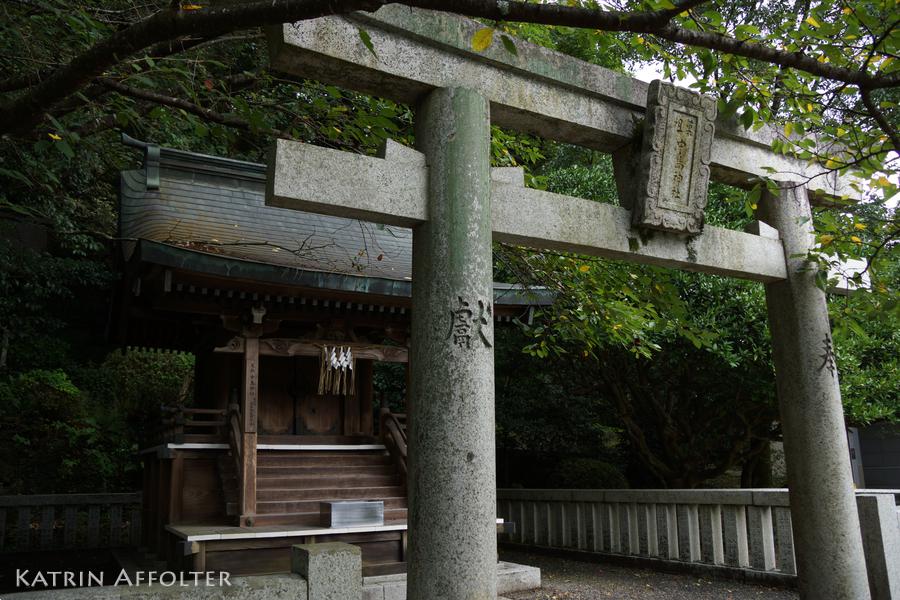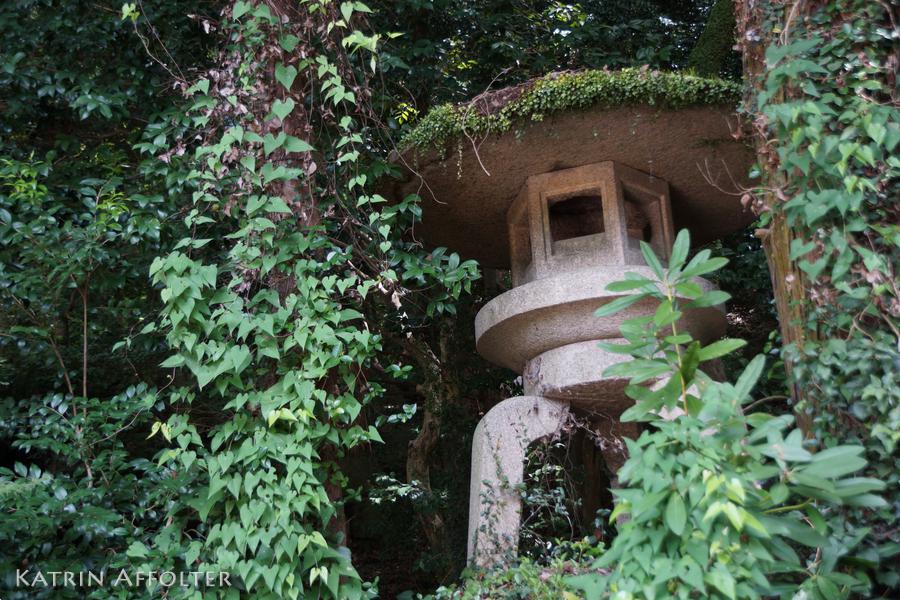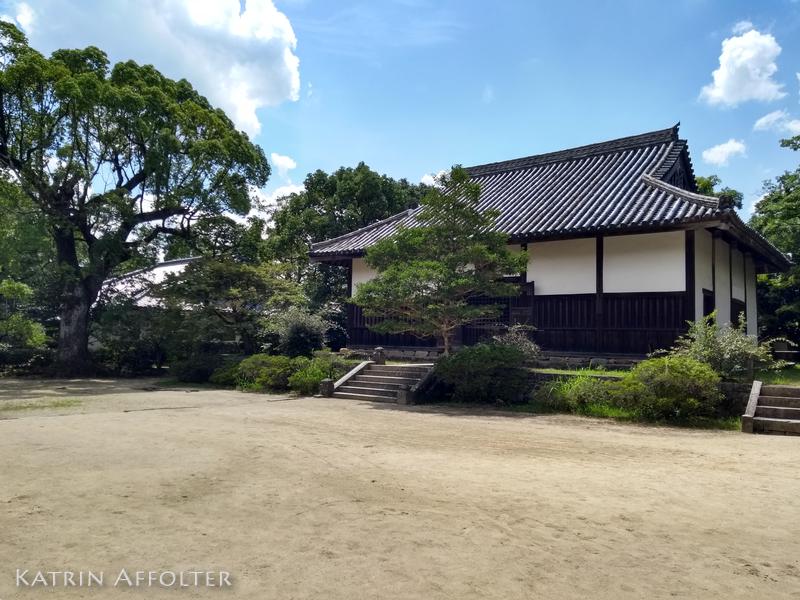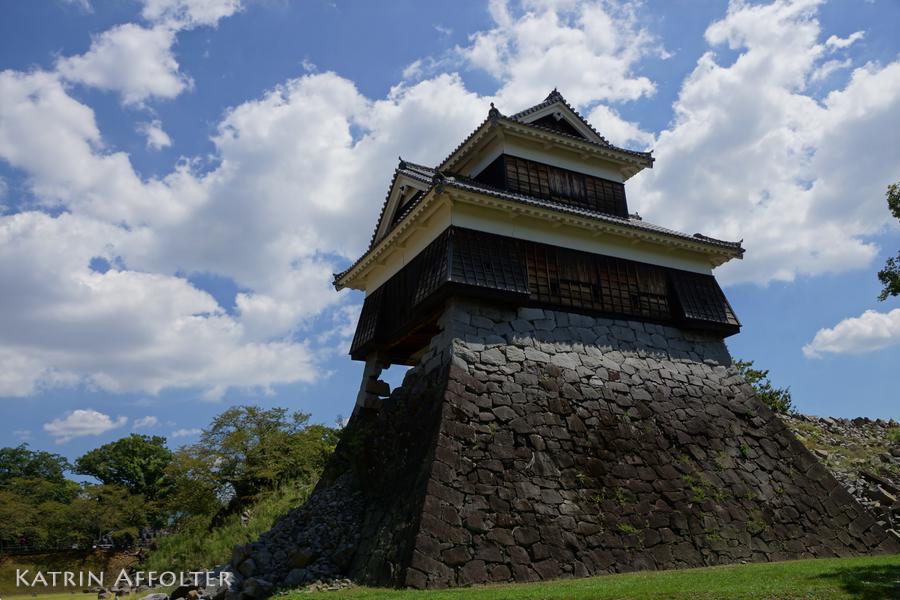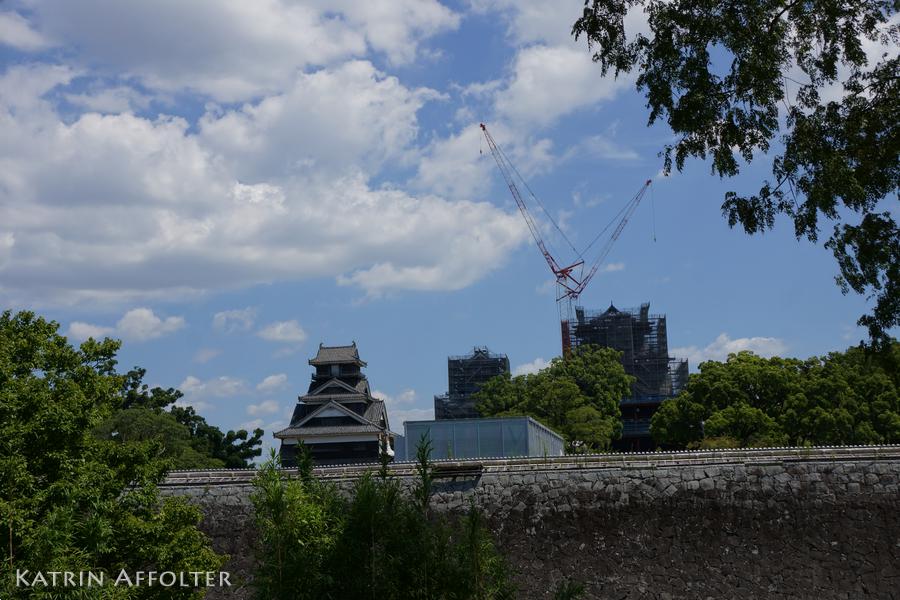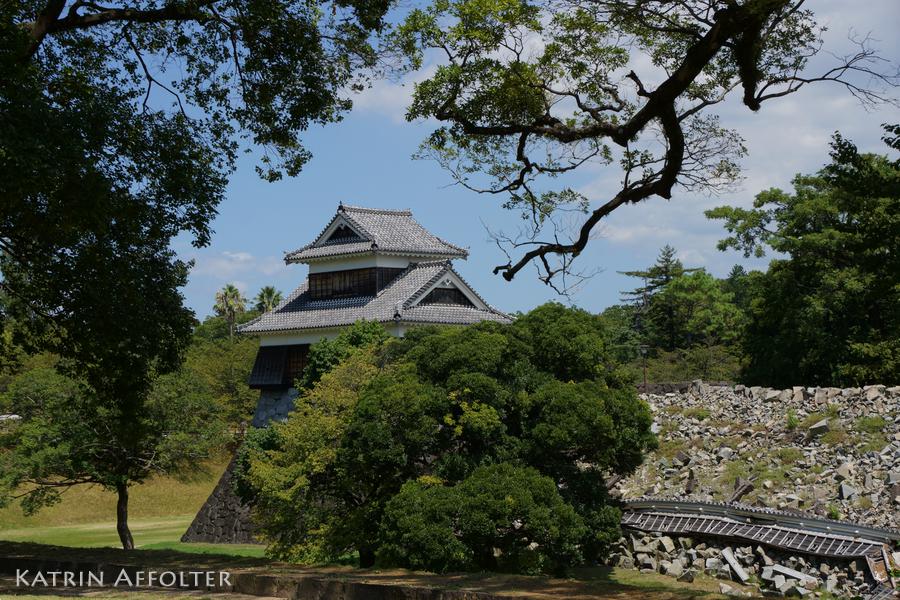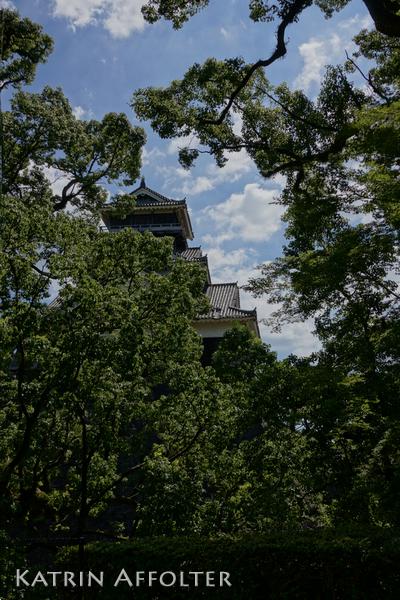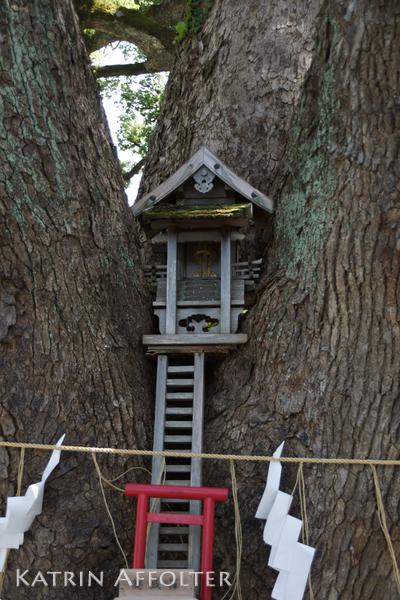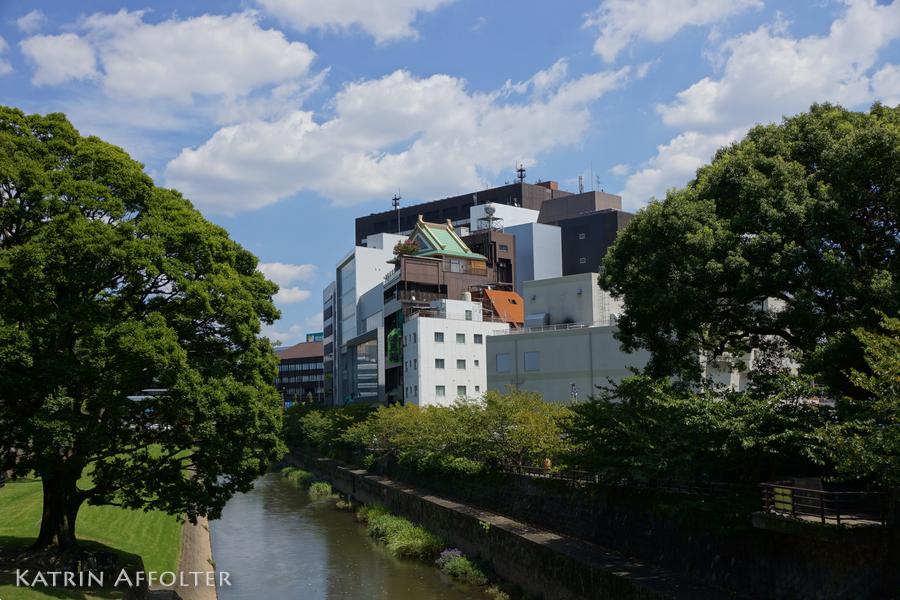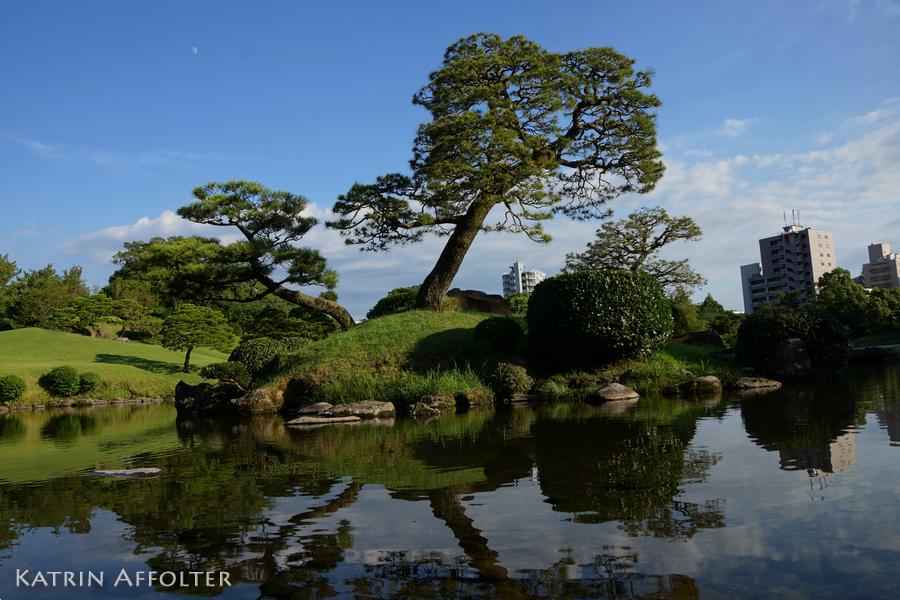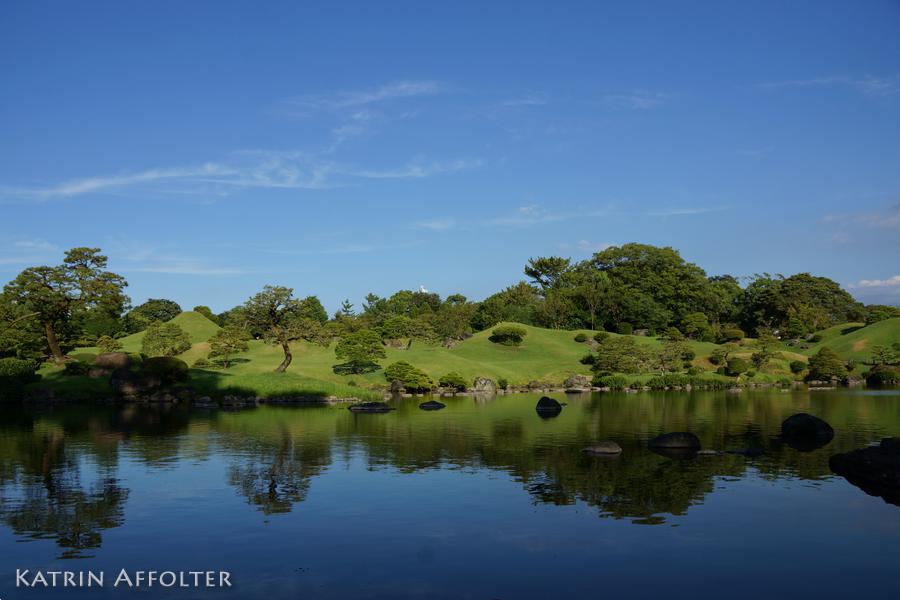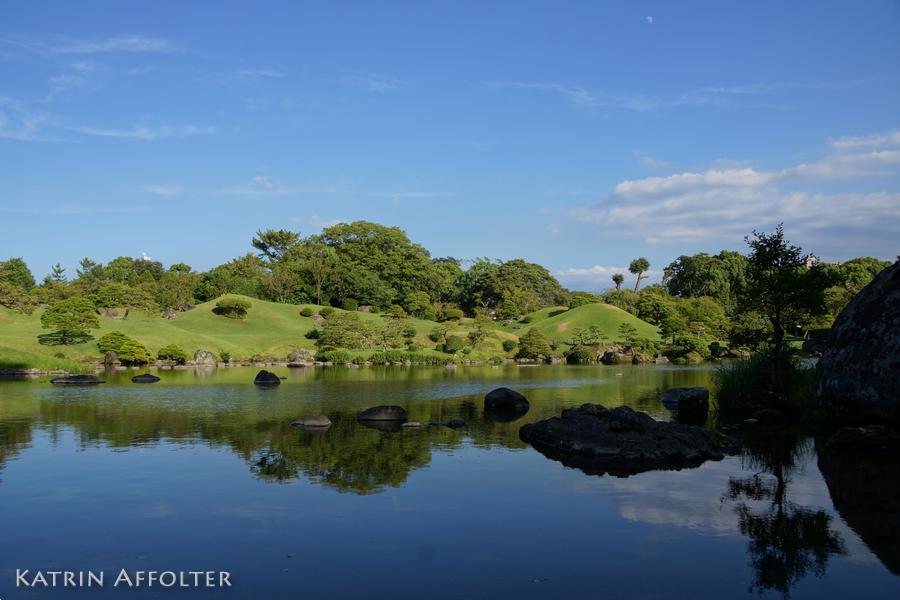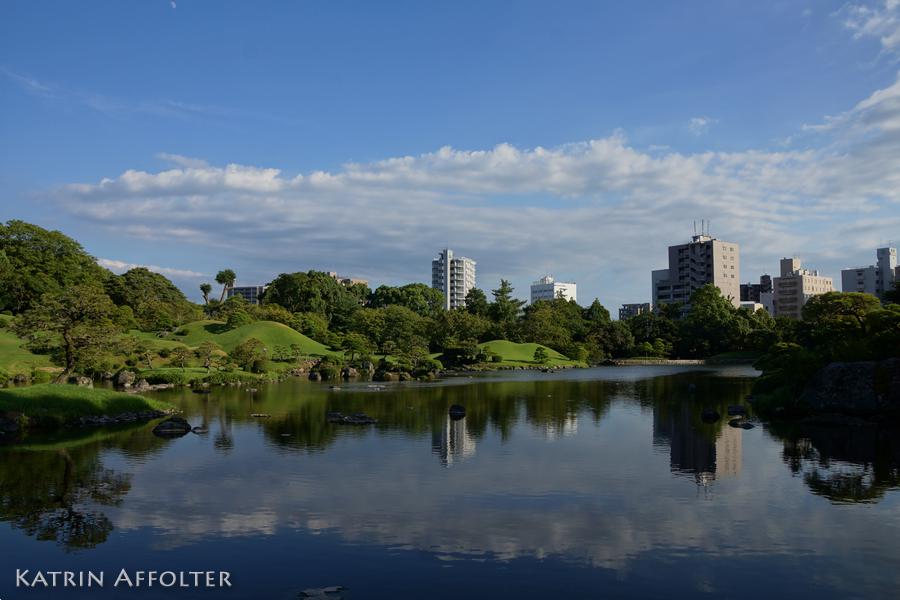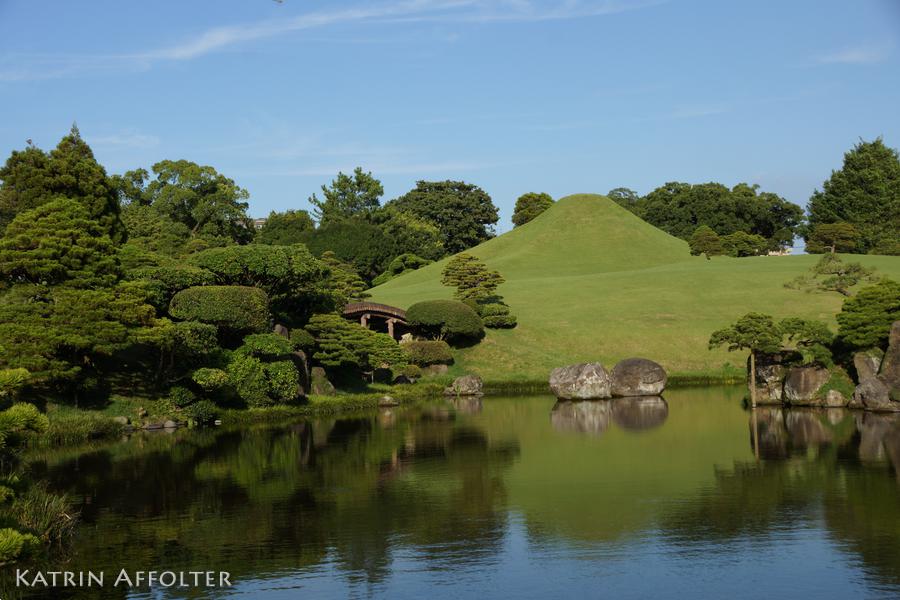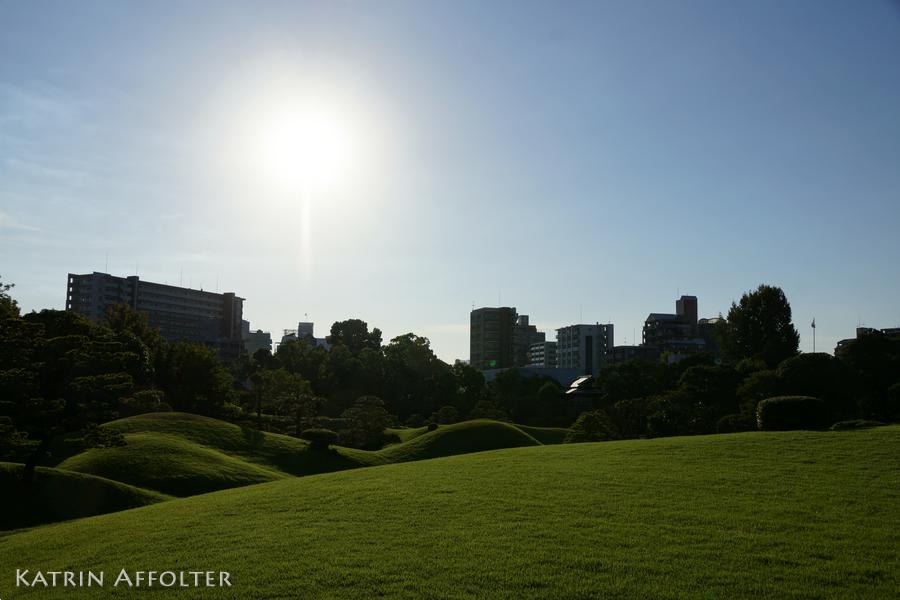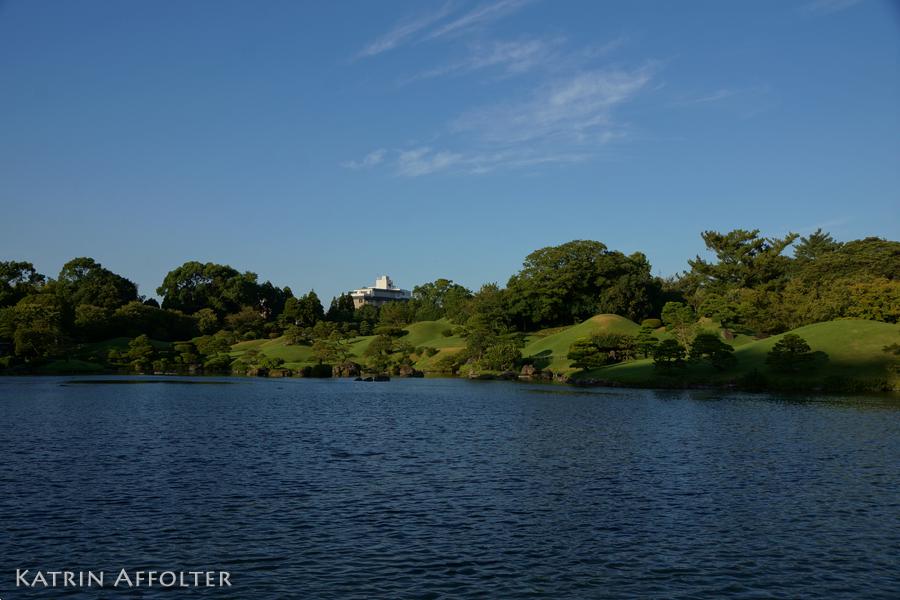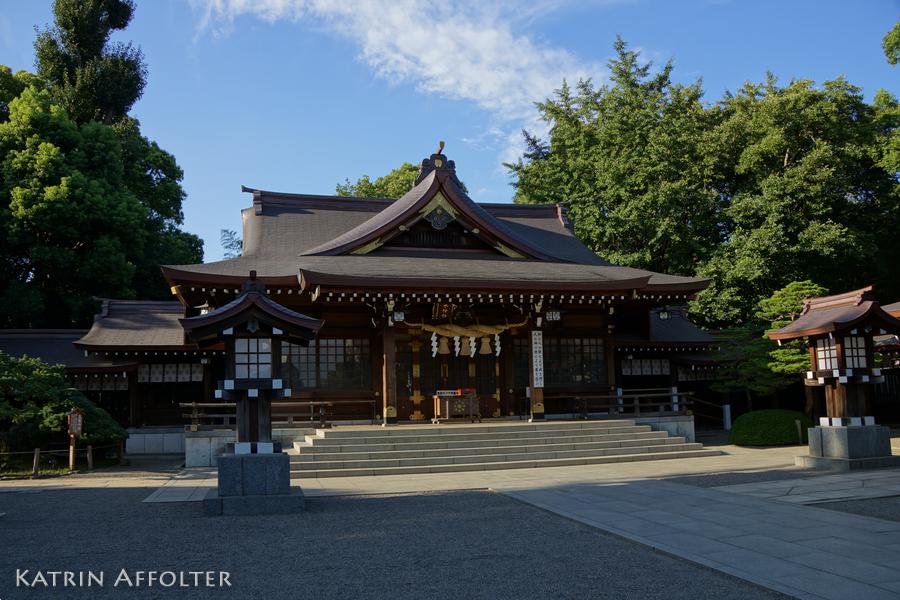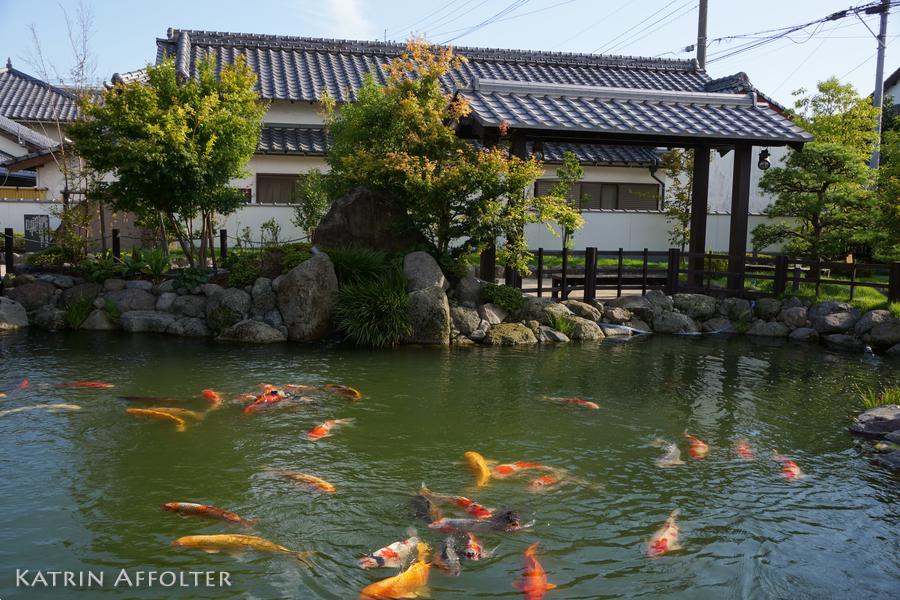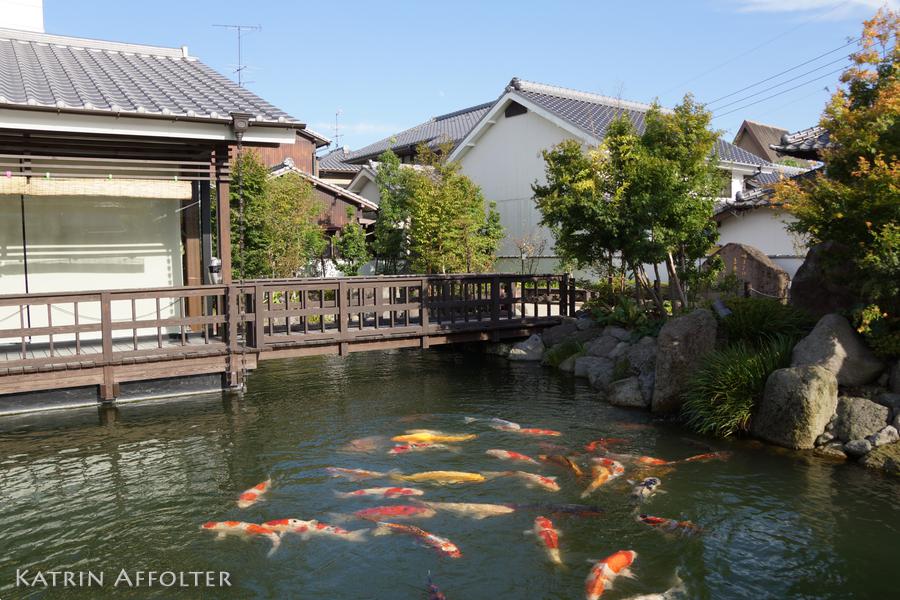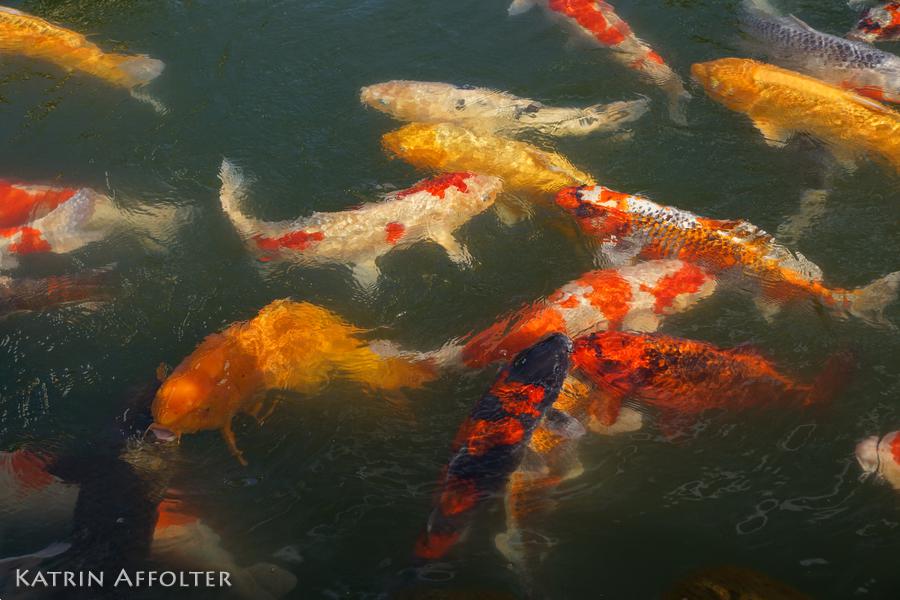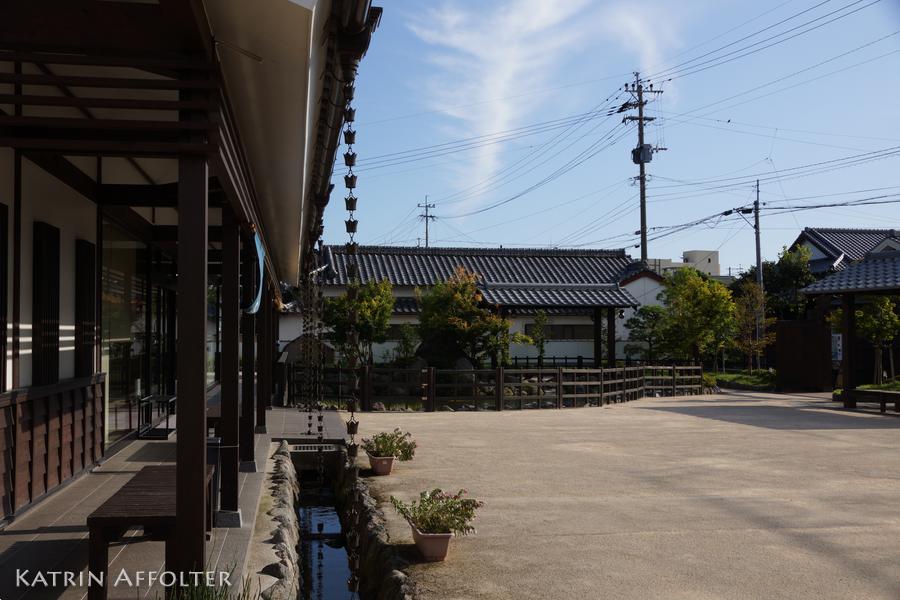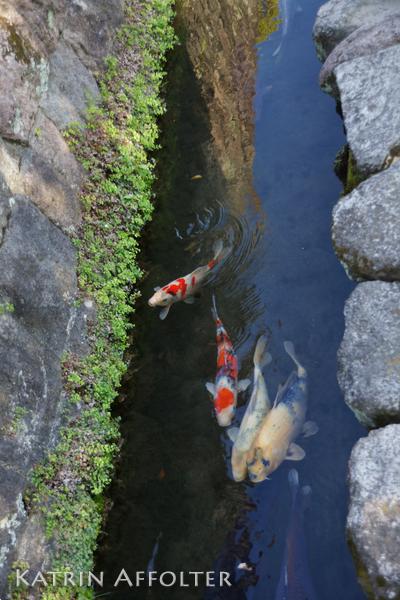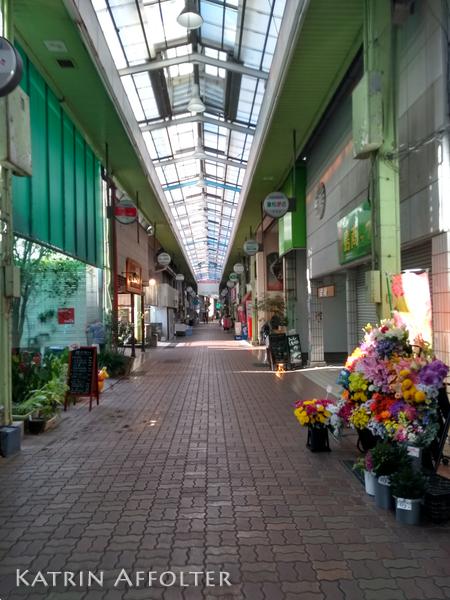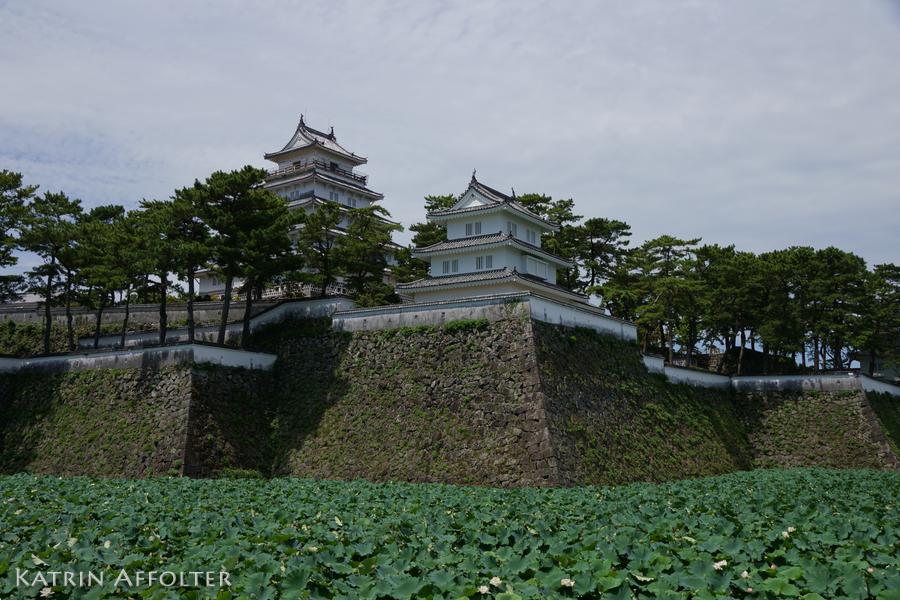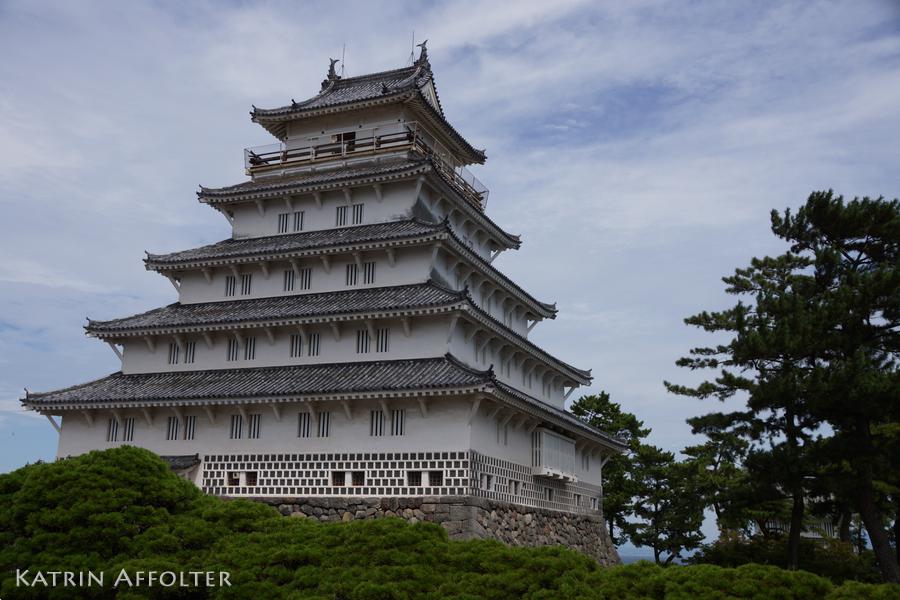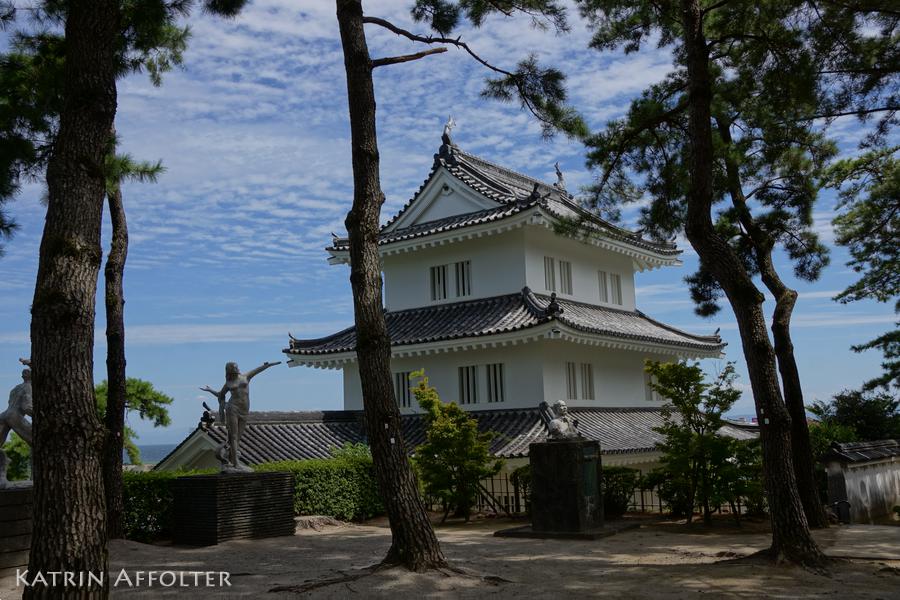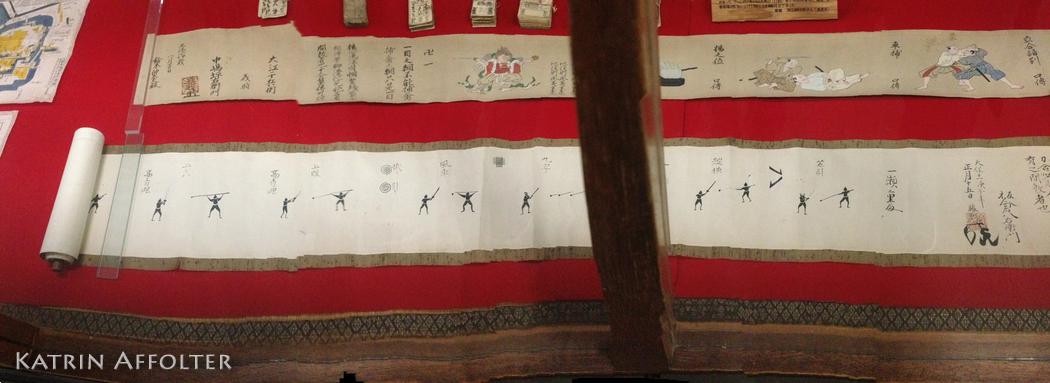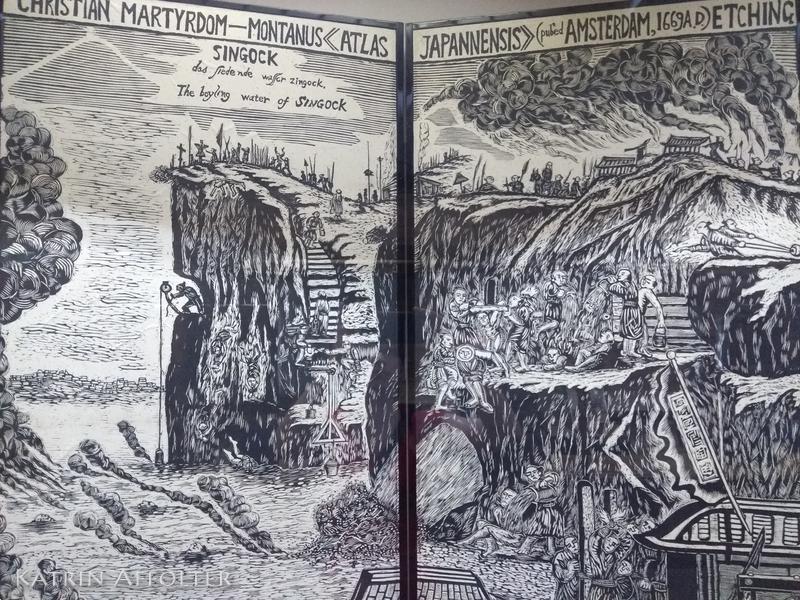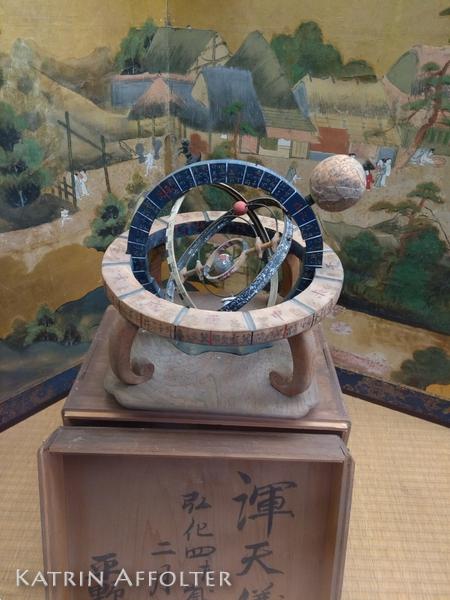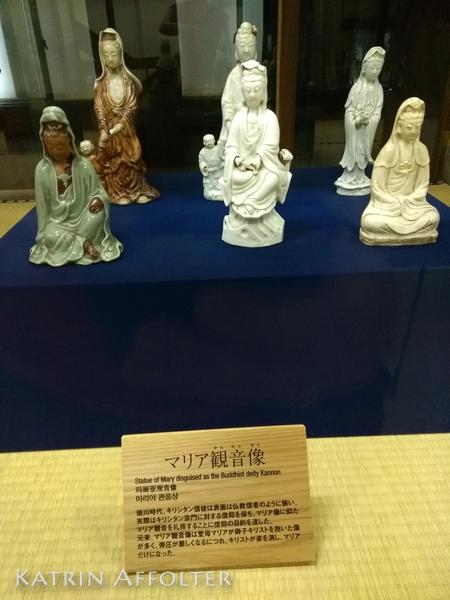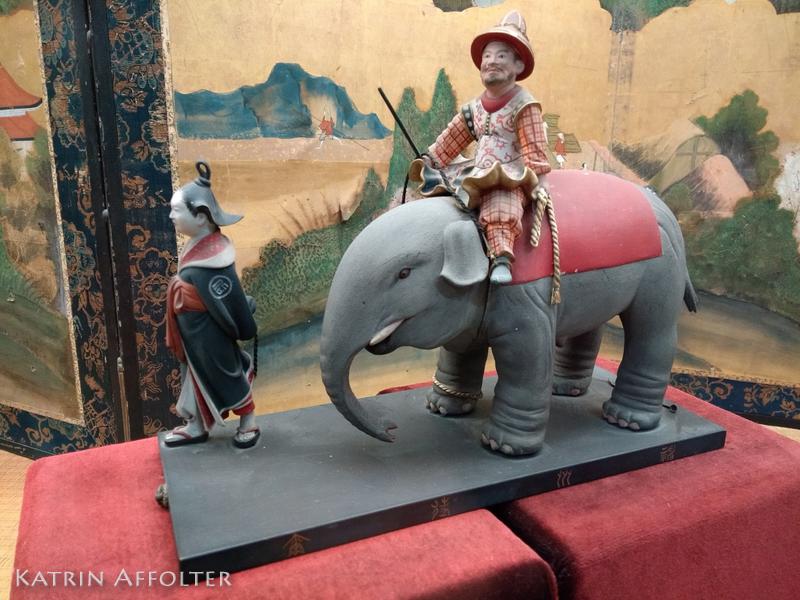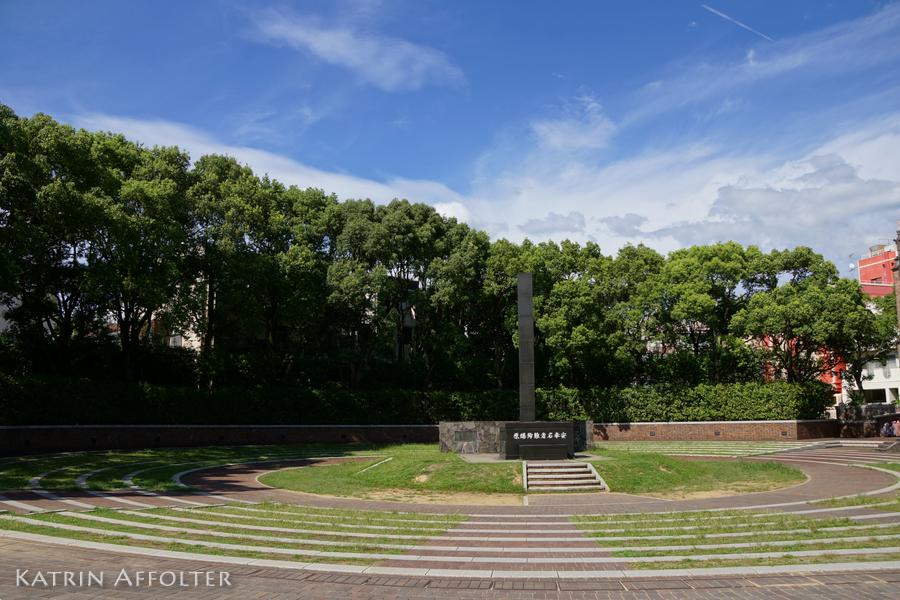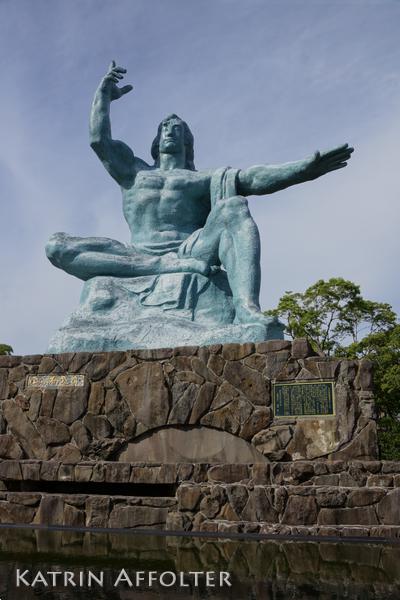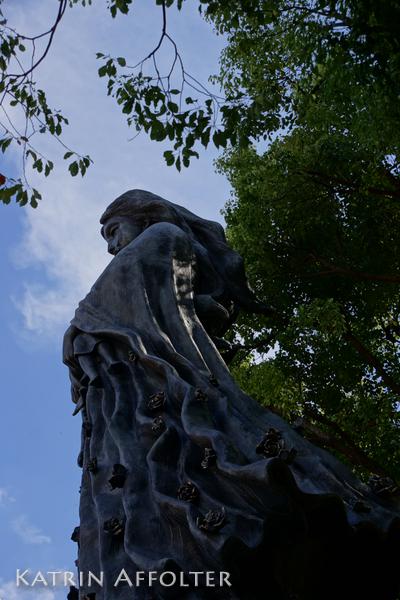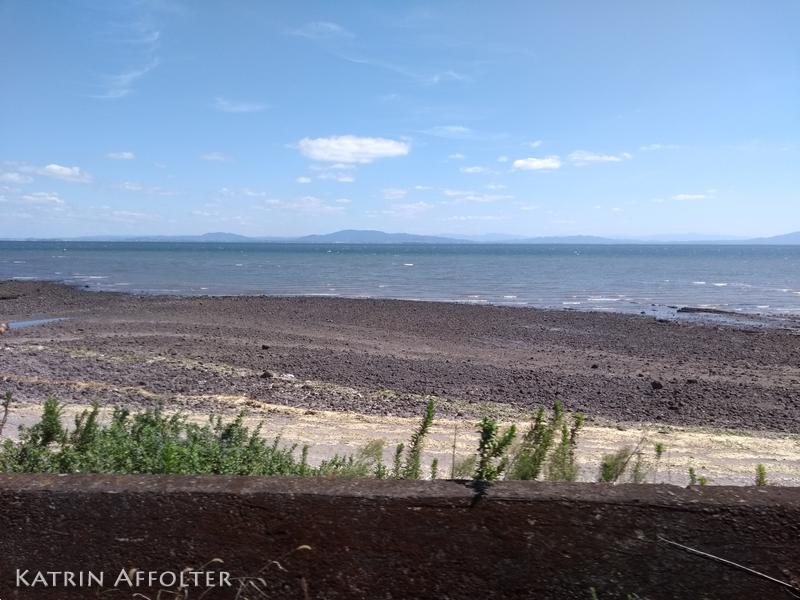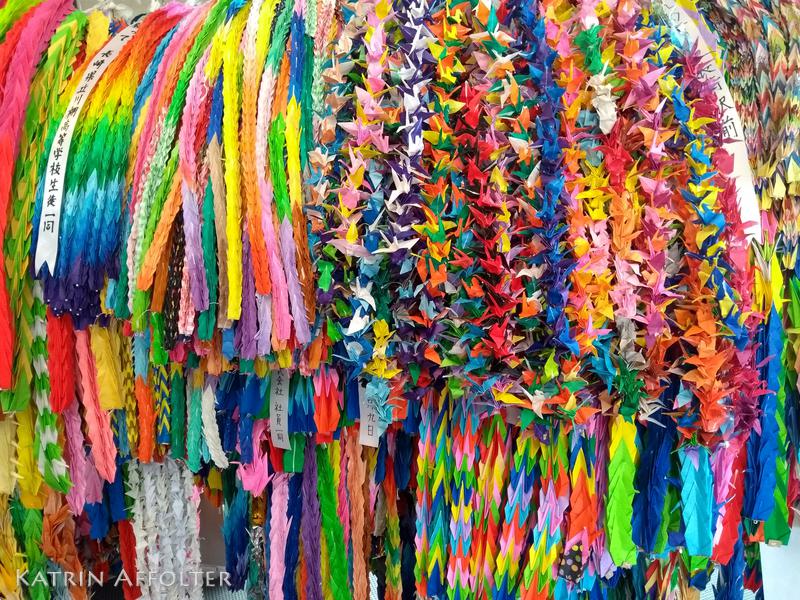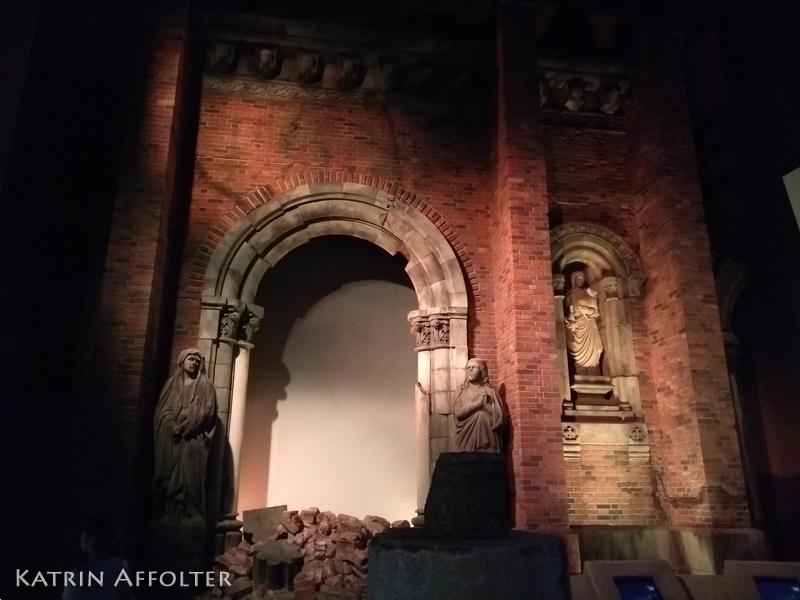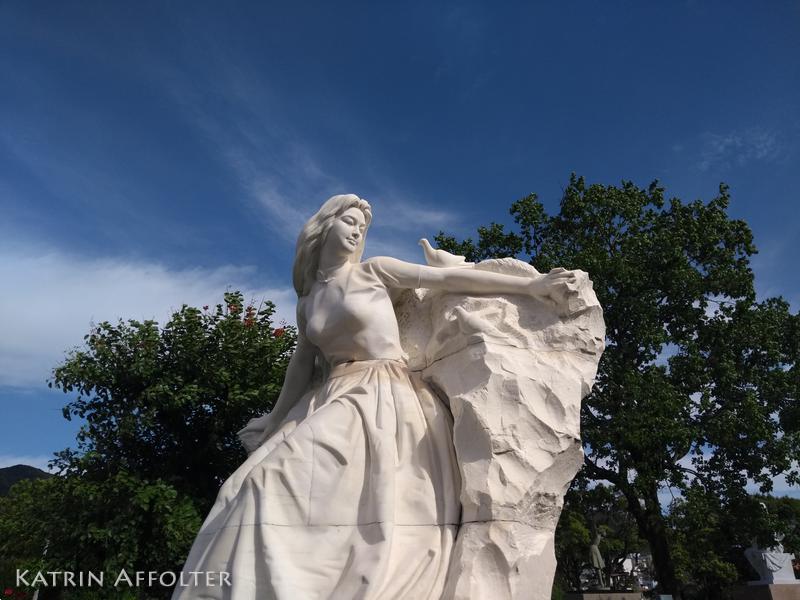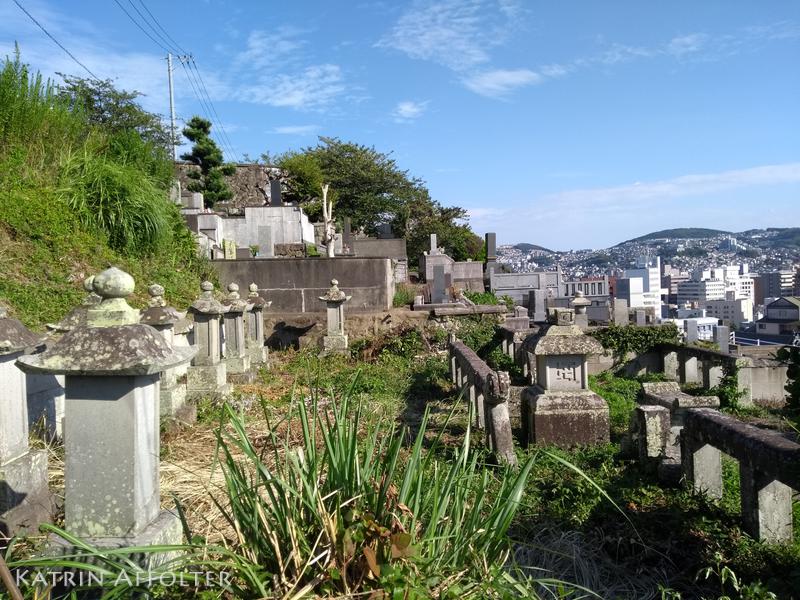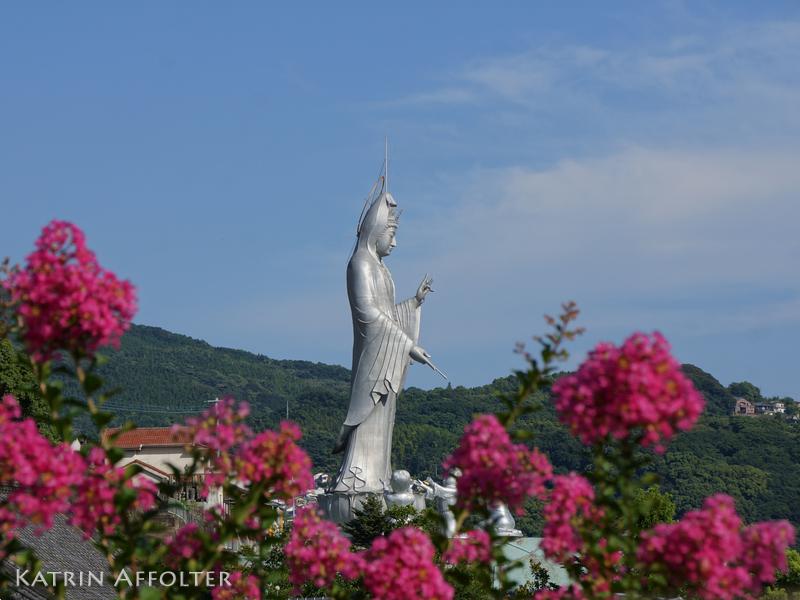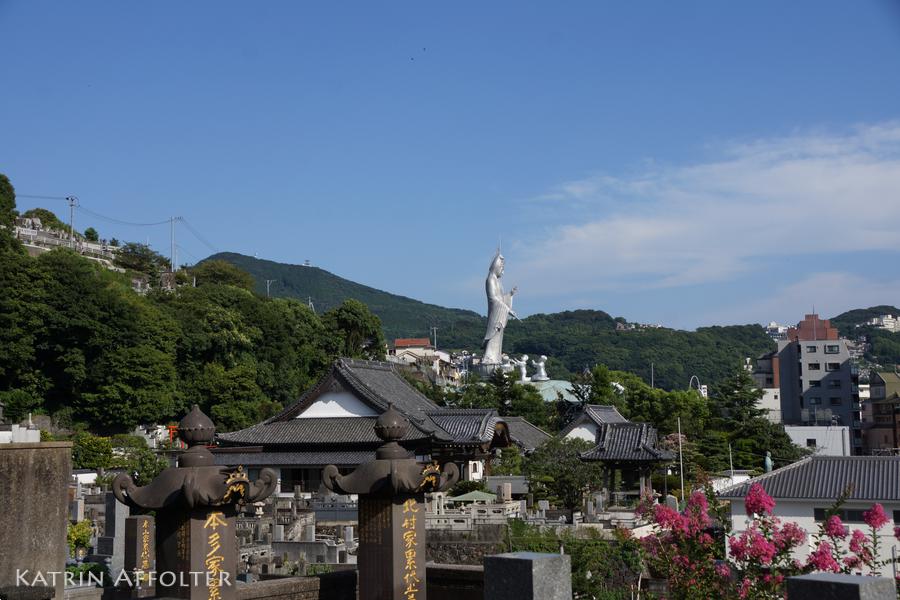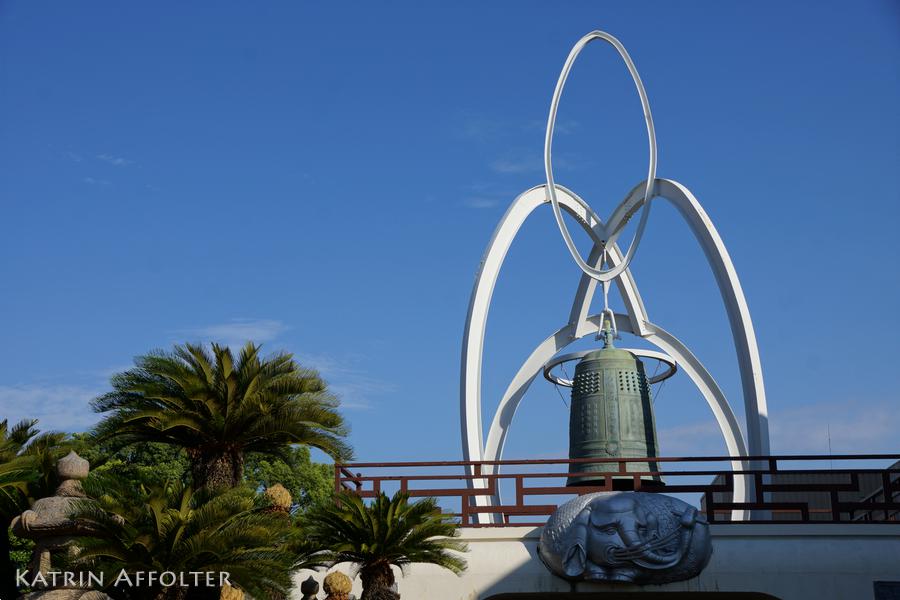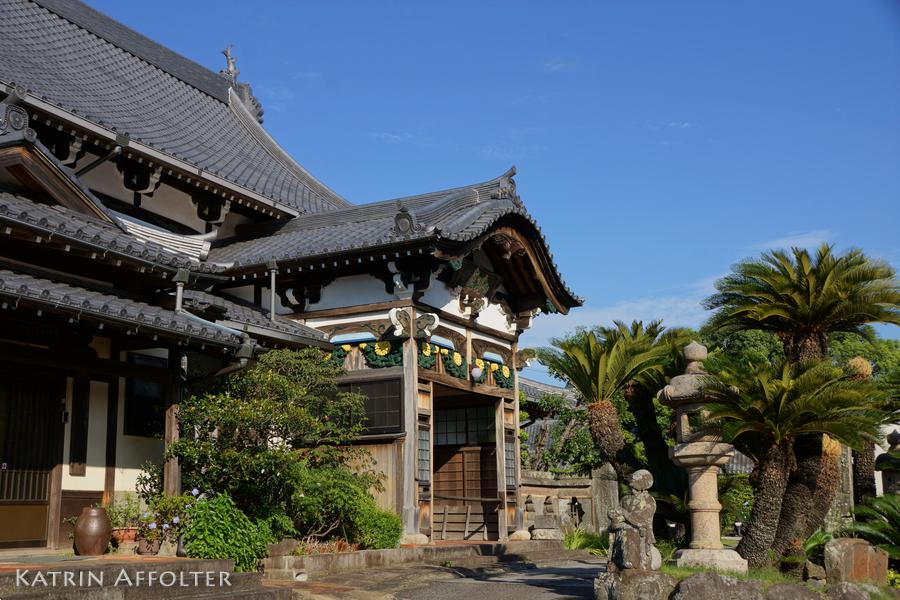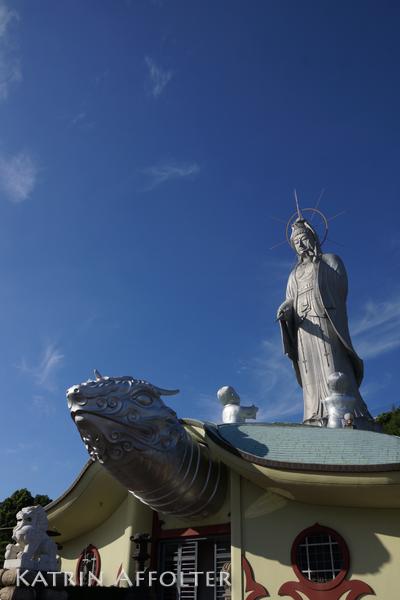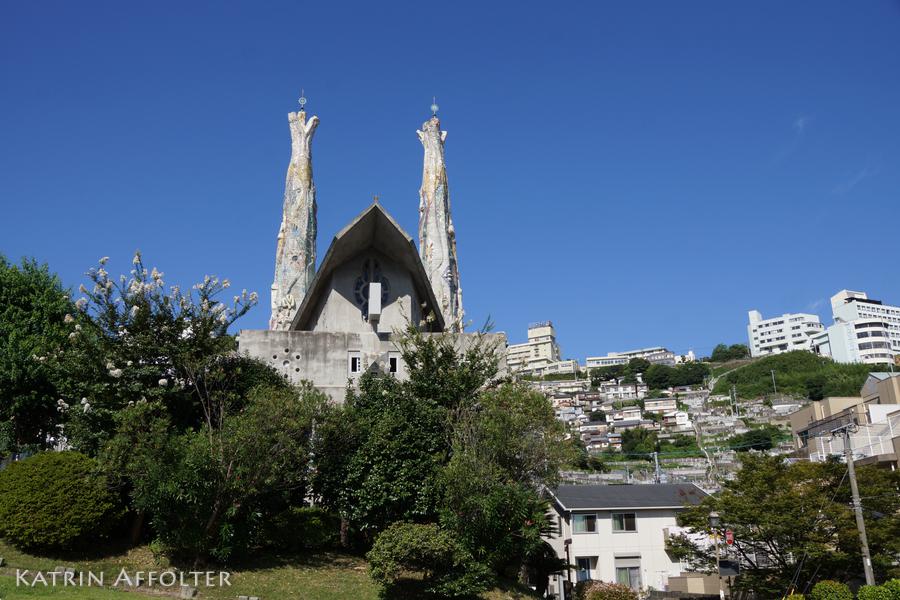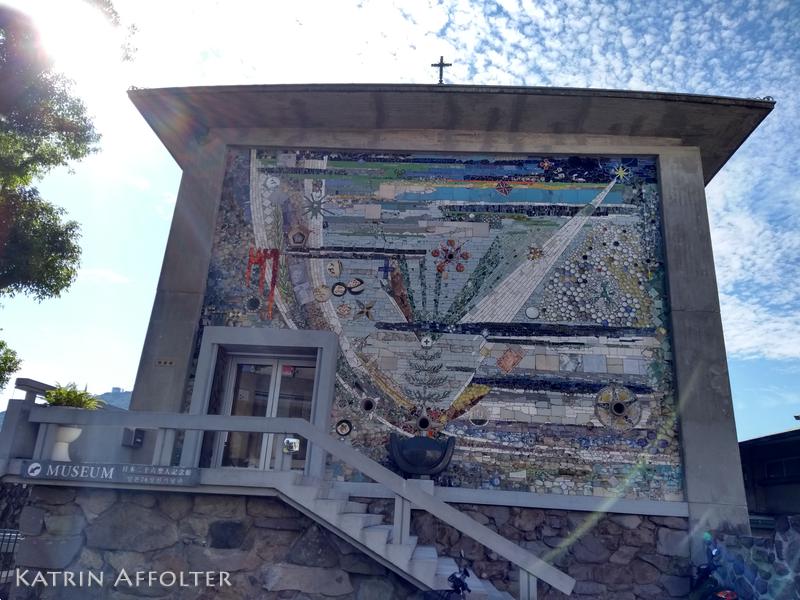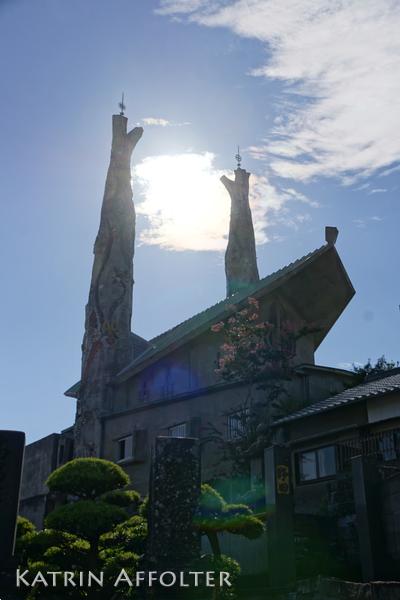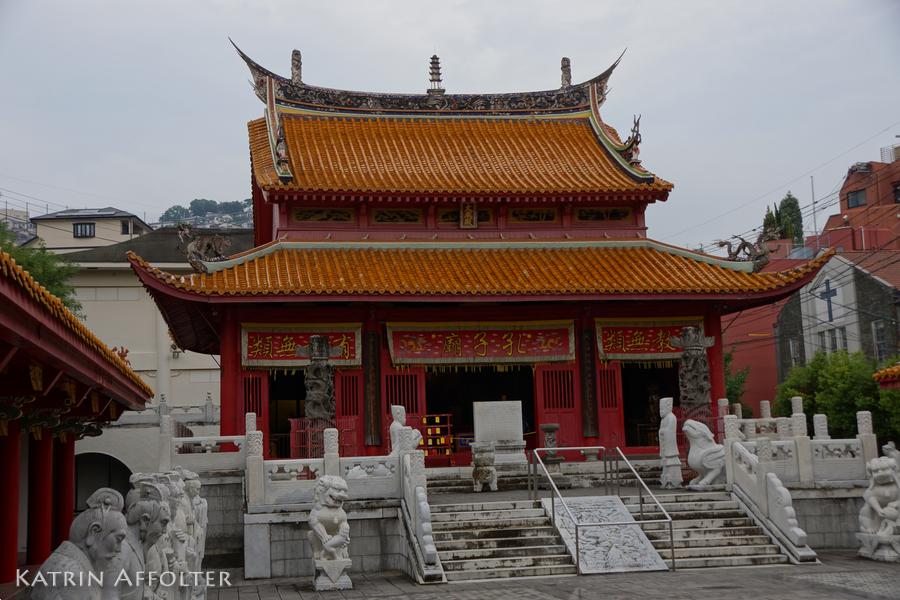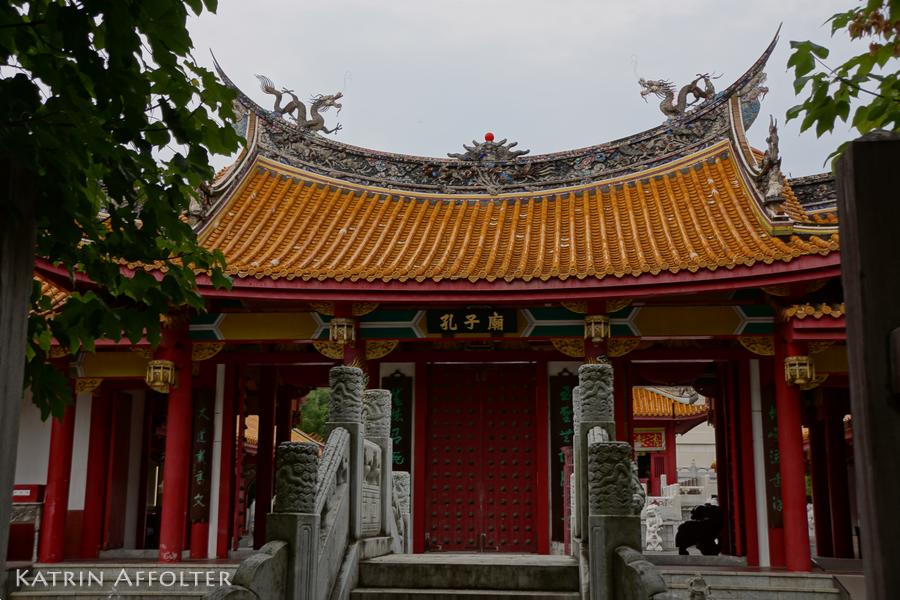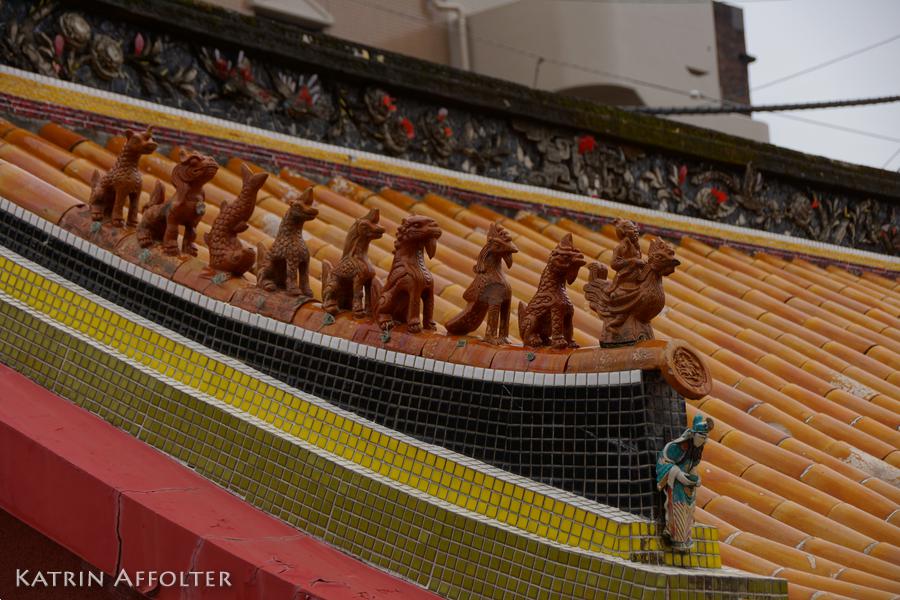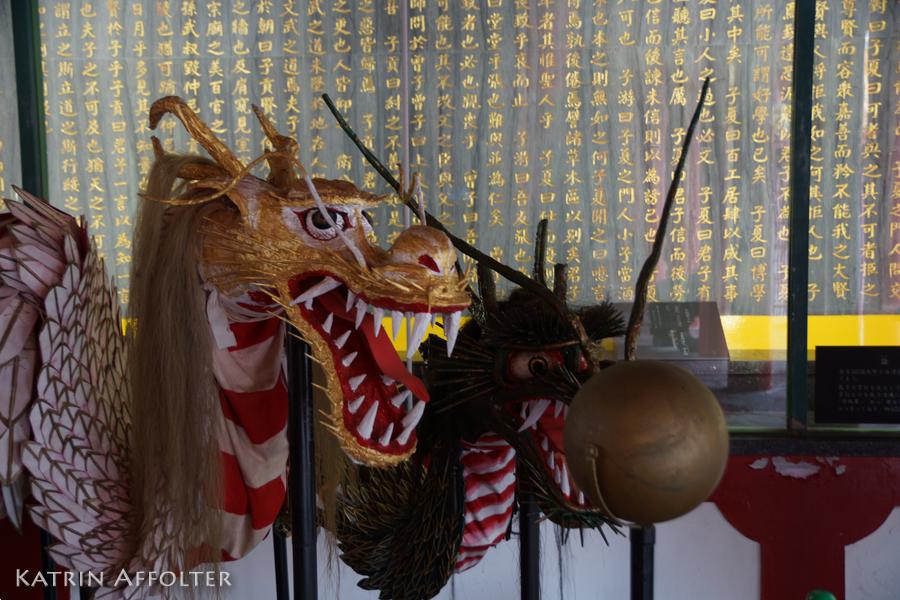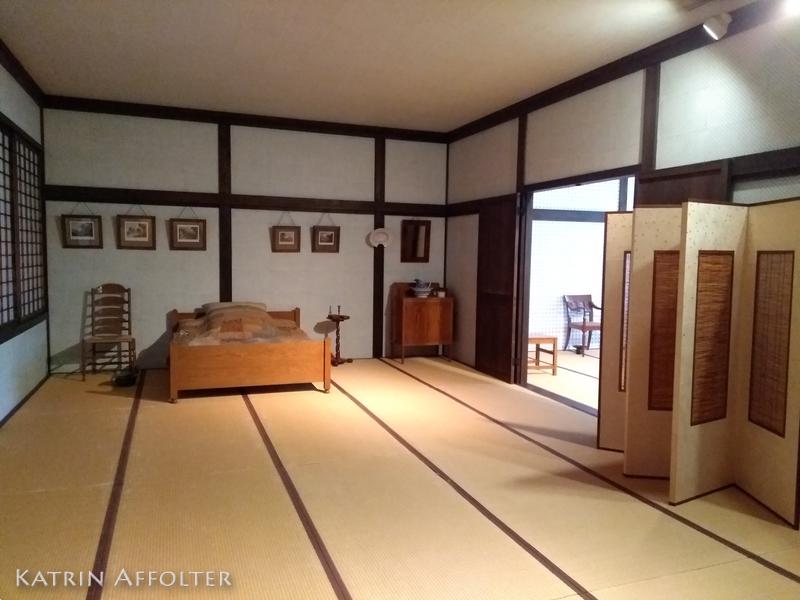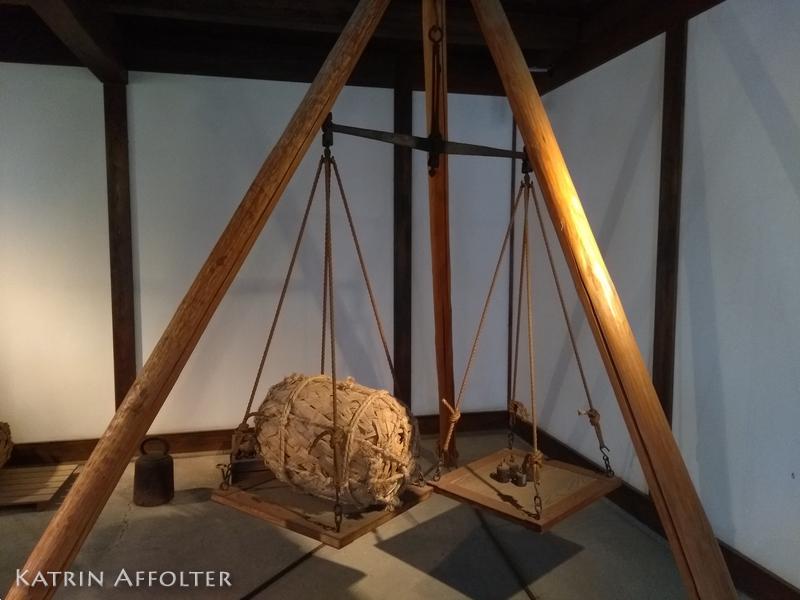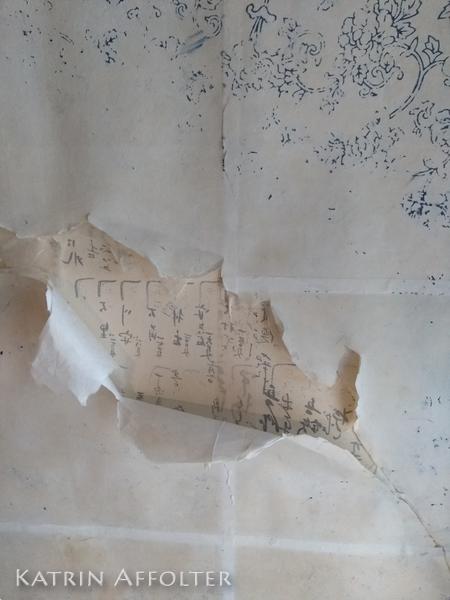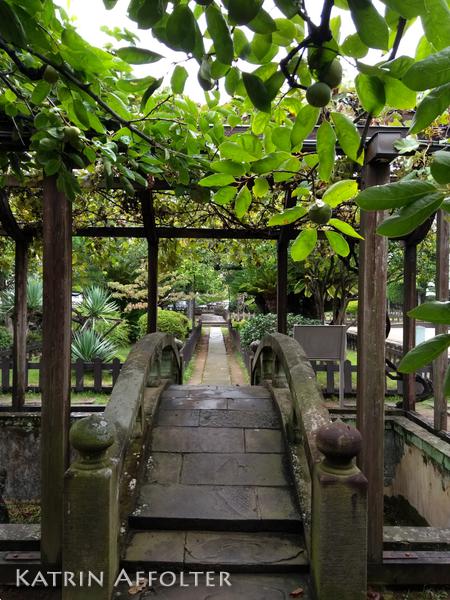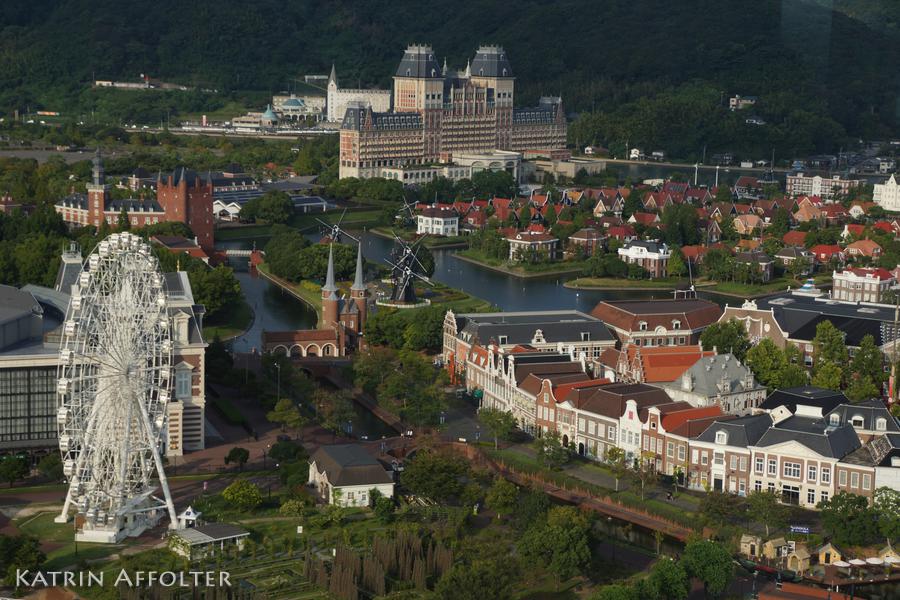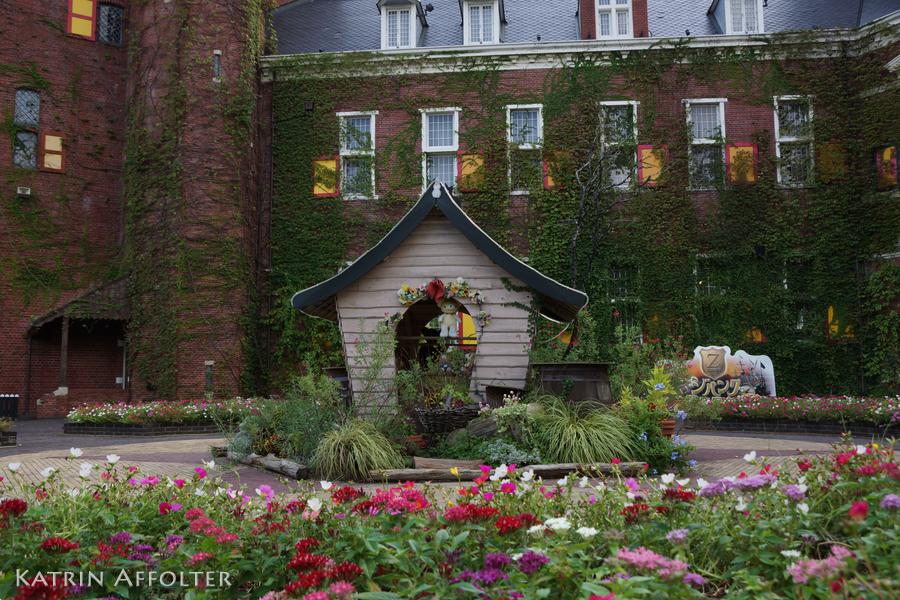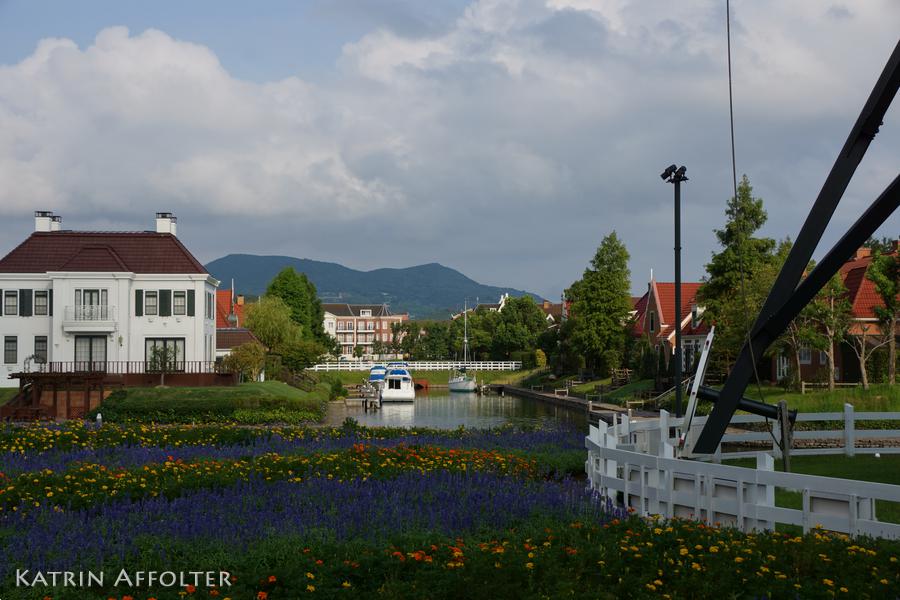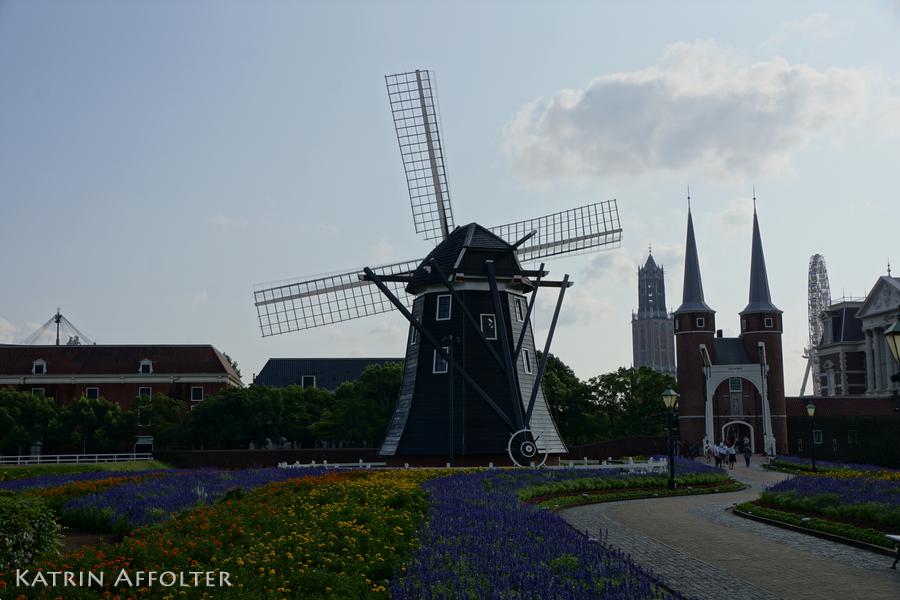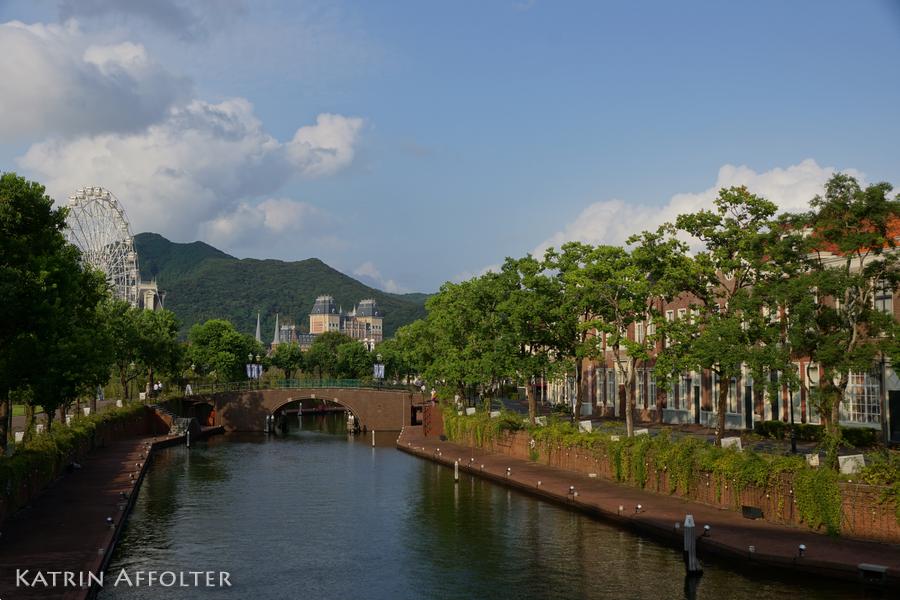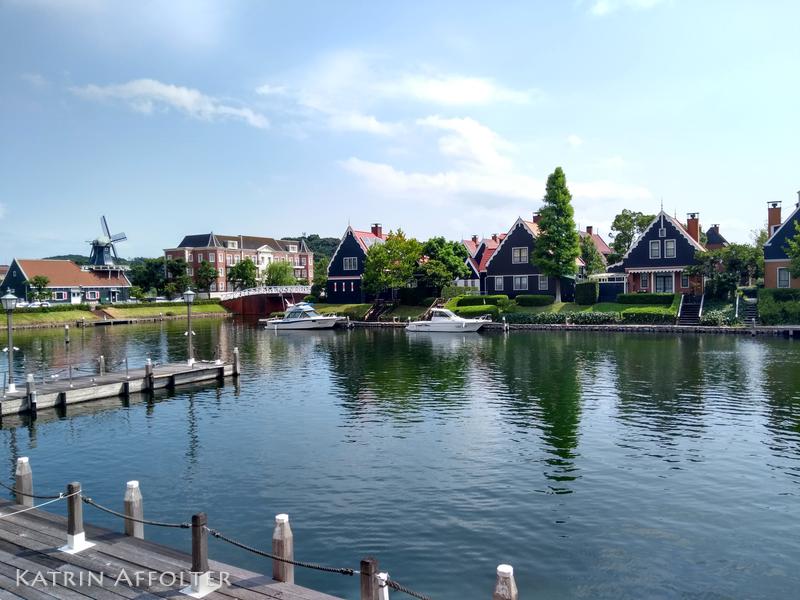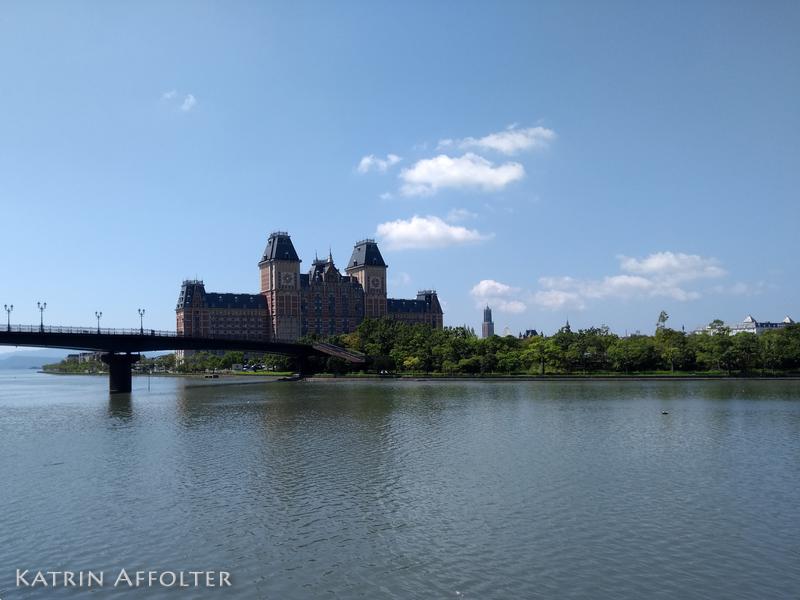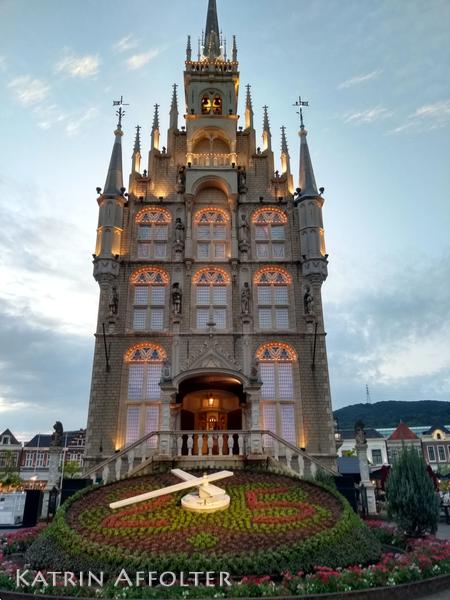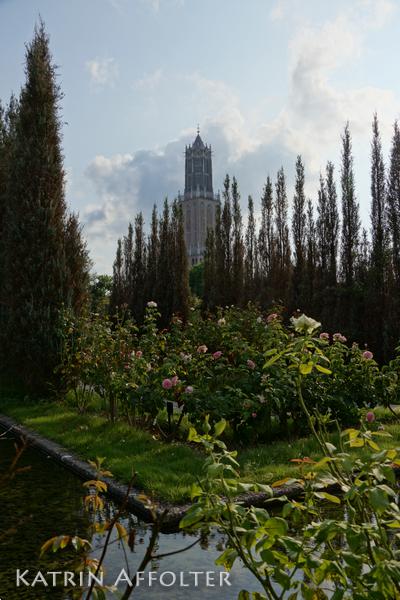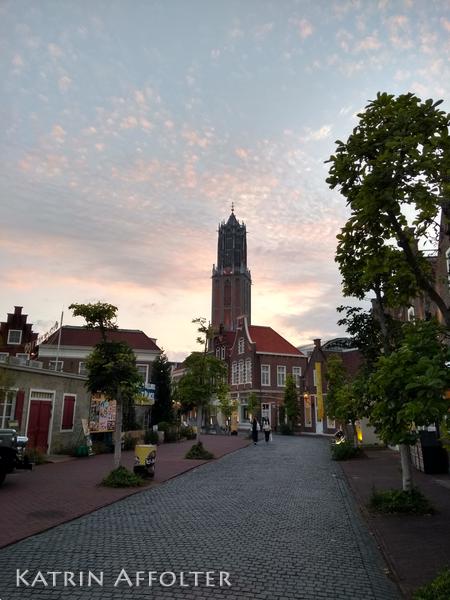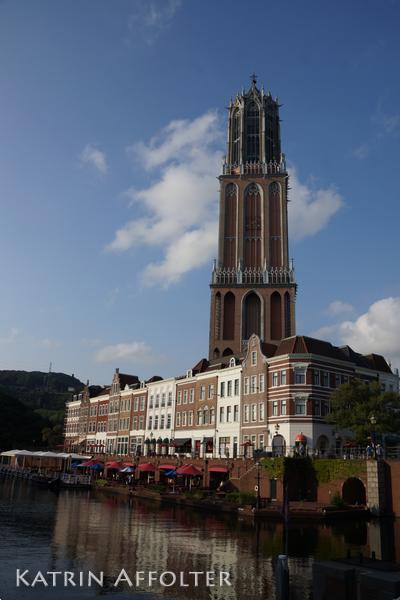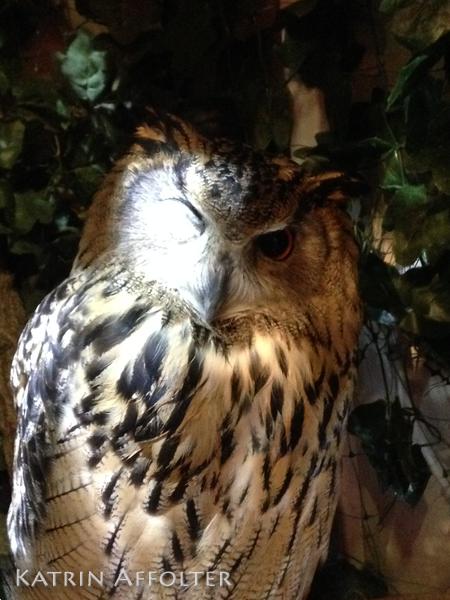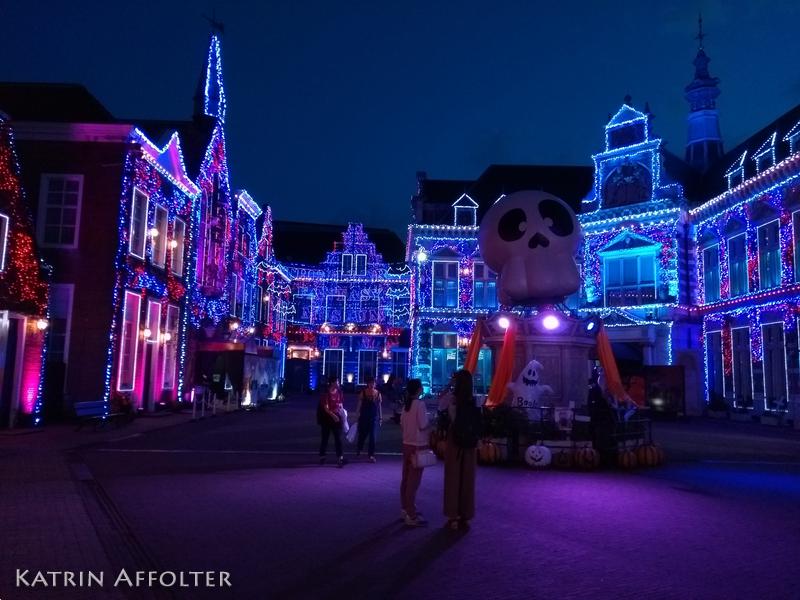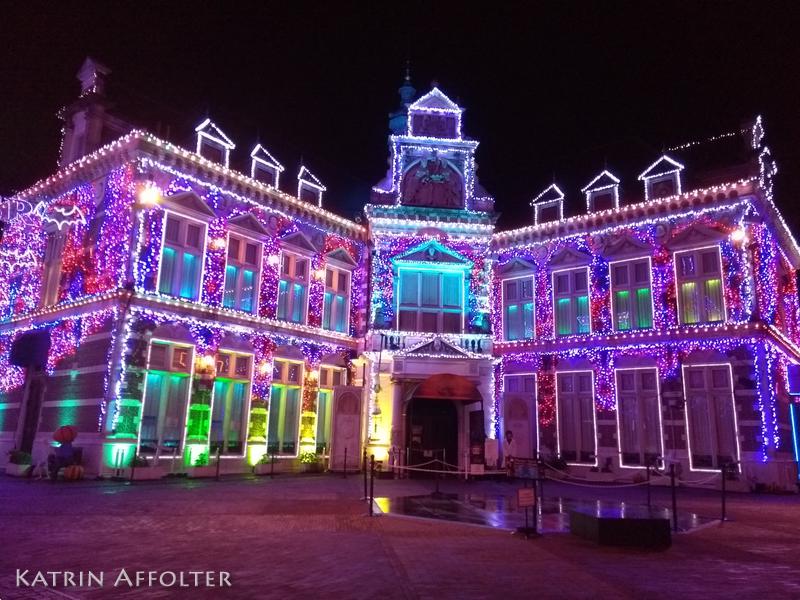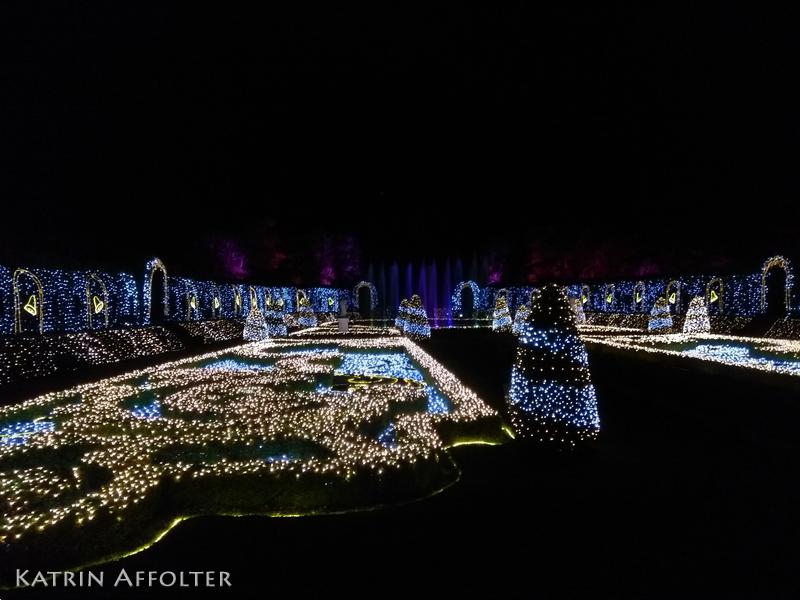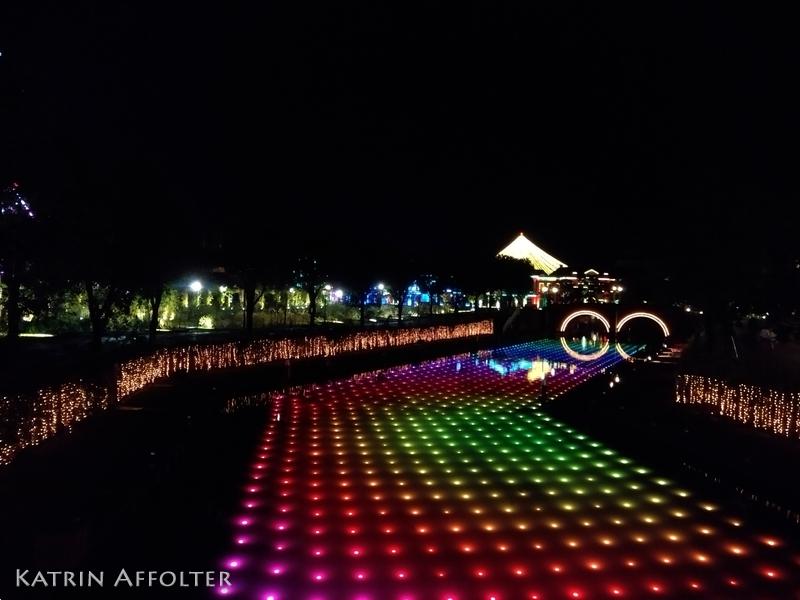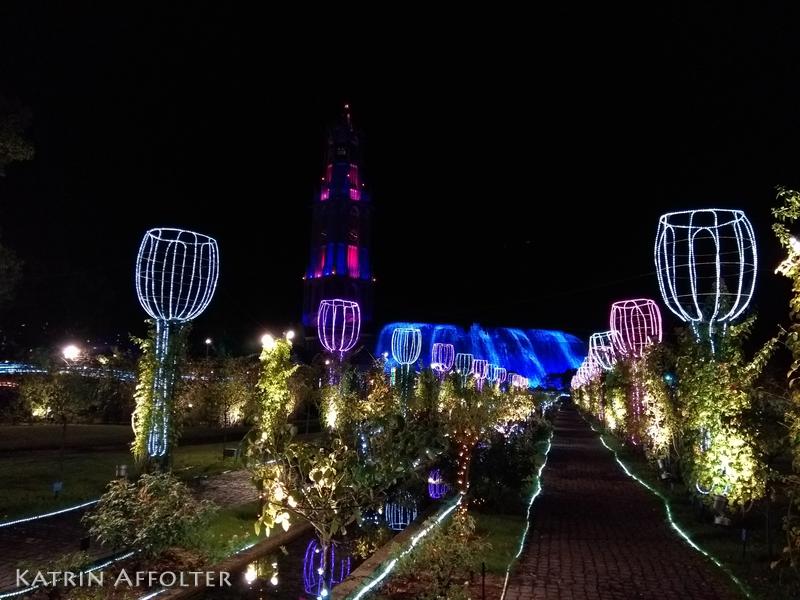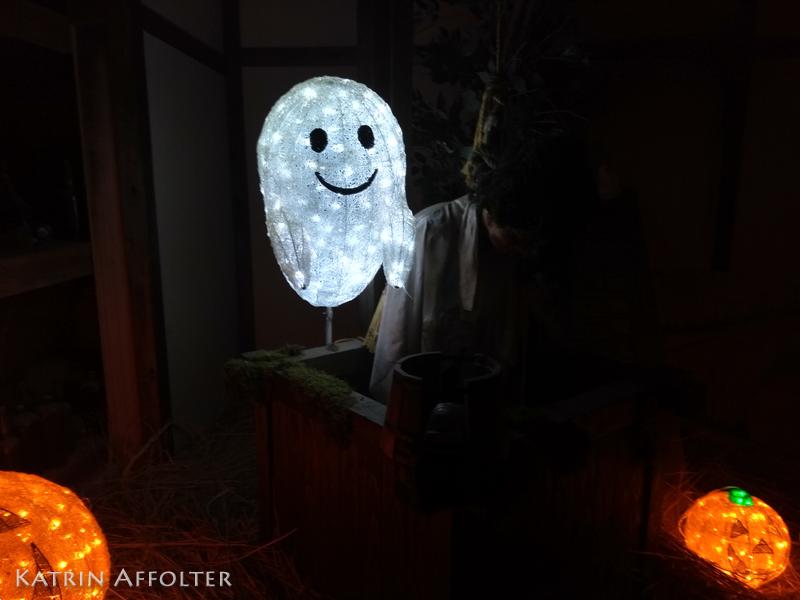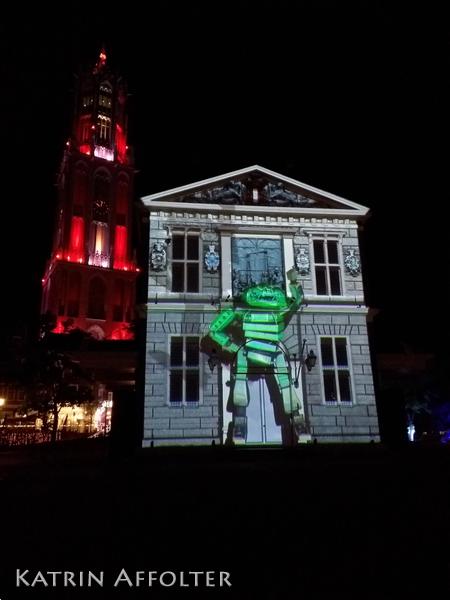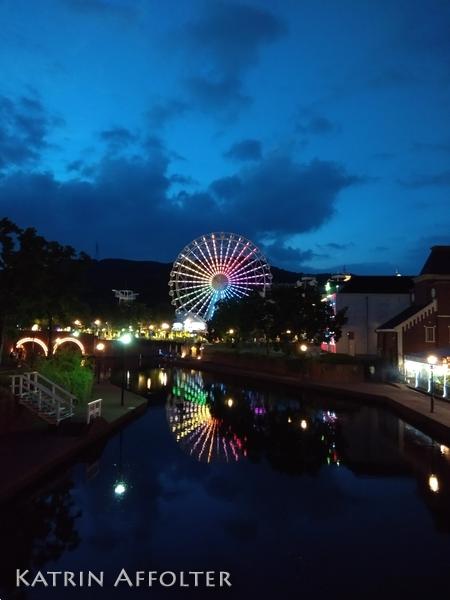Kōbe
August 20th to 23rd, 2017
When Japan began to receive traders from around the world in 1868, Kōbe developed into an international port city. The many traders brought Western goods and culture to Japan. Today, you can still see the old Western style architecture in the "foreigner quarters."
Kōbe Animal Kingdom
August 22th, 2017
This zoo rather resembles an exotic petting zoo: in most parts of the zoo, visitors can have direct contact with the animals and even pet and feed them. In some areas, such as the red pandas, the animals are kept in enclosed spaces, but without bars or large moats.
In addition, interactive informational events are held, such as a flight show or a feeding session with the audience for the red pandas.
Hiroshima
August 23rd to 26th, 2017
Hiroshima is known for the world's first atomic bomb attack on August 6th, 1945. During World War II, it was one of Japan's military centers. The attack destroyed approximately 90% of the city's area, killing about 70,000 people immediately and an estimated 140,000 people by the end of the year. The surviving victims of the attack are referred to as hibakusha.
Numerous monuments commemorate and warn against the attack, and origami cranes with a wish for peace are hung on them.
Hiroshima Castle
August 24th, 2017
The original castle was built in the 1590s. It was completely destroyed by the atomic bombing and was rebuilt in 1958 as a replica. Today, the replica serves as a museum for the history of Hiroshima before World War II.
Miyajima
August 24th, 2017
The island is famous for its red wooden Torii gate built in 1875, which is completely submerged in water during high tide. In front (or behind, depending on the perspective) of it stands the Itsukushima shrine, whose basic form was established in 593. The current structure was built in the 12th century and rests on a raised platform whose pillars stand in the water, making the whole complex appear to be floating. The various parts of the shrine are connected by covered corridors that are about 280 meters long in total.
Shukkei-en
August 25th, 2017
The construction of the garden started in 1620. The garden was meant to represent different landscapes in a miniature form. Traditionally, it represents a miniature of the Xihu (West Lake) landscape in Hangzhou, China. The atomic bombing destroyed a large part of the garden, including the famous towering tree. Although the pond and two bridges were heavily damaged, they were not completely destroyed. Reconstruction began in 1949 and took 30 years to complete.
Fukuoka
August 26th to 30th, 2017
Fukuoka is the largest city on Kyūshū, the southernmost of the Japanese main islands.
For over 760 years, the hakata gion-yamakasa festival of the Kushida shrine has been celebrated in Fukuoka. The highlight of the festival is when hundreds of men carry the highly decorated and towering floats (for deities), weighing up to one tonne, through the neighborhoods for over 5 kilometers - the fastest group wins.
Shōfukuji
August 28th, 2017
In the year 1195, Myōan Eisai introduced the rinzai-shū (Rinzai school) of Zen Buddhism to Japan. The Shōfukuji Temple is the first Zen temple that was built in Japan.
Dazaifu
August 29th, 2017
Dazaifu is a city located southeast of Fukuoka. About 1300 years ago, the area was the political center of Kyushu. "Dazaifu" was the name of the government administration that ruled over all of Kyushu for over 500 years. The region's past is reflected in its many historical sites, including the Tenmangu shrine, the ruins of the government building, the ruins of the Mizuki fortress, the Kanzeonji temple, and the ruins of the Onojo castle.
Kumamoto
August 31st to September 1st, 2017
Kumamoto is known for its hot springs, as it has volcanic activity in the area, and its castle. We visited the latter, of course.
The castle was built in 1607 and partially destroyed during the Satsuma rebellion in 1877. It was then restored, but was heavily damaged again by an earthquake in 2016. We could still see a lot of rubble and cleanup and restoration work.
Suizenji-Jōjuen
August 31st, 2017
A Japanese garden in Kumamoto that was established in 1636. The landscape is said to represent the 53 stations on the Tōkaidō (a post and trade route that connected Edo and Kyoto).
The hill on the left side of the photo is supposed to represent Mount Fuji, surrounded by a few clouds in the form of bushes.
Shimabara
September 1st to 2nd, 2017
A charming small town located in Kyūshū. It is known for the castle that was used as a battleground during the 1638 uprising against high taxation. The rebellion is also attributed to religious motives, as many of the insurgents were Christians. Many of the exhibits accordingly depict a Christian background.
We strolled through mostly empty streets and shopping districts, admiring the carp swimming in the canals next to us in the "City of swimming Carp".
Nagasaki
September 2nd to 6th, 2017
Nagasaki was the most important trading port during the Edo period (around 1600-1868) with the Dejima being the only place where extensive trade with Europeans was allowed. Of course, missionaries also traveled there, and as a result, Nagasaki has stronger Christian influences than other regions of Japan.
Nowadays, it is better known as the target of the second atomic bomb attack during World War II. Various monuments and origami cranes serve as reminders of the horrors of that time.
Fukusaiji
September 3rd, 2017
Reconstruction of a temple that was completely destroyed by the atomic bomb. It is easily visible in the city as it is located on a hill and adorned with an 18-meter-tall Kannon statue.
We took the "most direct" route and found out how steep it can be going up the mountain at some points...
Nishizaka Church (Twenty-Six Martyrs Memorial St. Philip Church)
September 3rd, 2017
The church overlooks the site where 26 martyrs were crucified. The most famous Christian church in Japan (Ōura church), also known as the "Basilica of the 26 Martyrs of Japan," is also located in Nagasaki. Both commemorate 26 Christians who were crucified in Nagasaki as a deterrent, out of fear of colonization supported by religion.
Kōshi-byō
September 4th, 2017
A Confucian shrine built in 1893 by the Chinese population in Nagasaki. It features a small garden with a pond and koi fish, statues of the 72 disciples of Confucius, and a museum on the history of China.
Dejima
September 4th, 2017
As mentioned before, Nagasaki was the most important trading port during the Edo period. Dejima is an artificial island in front of Nagasaki that was created to provide space for foreign trade delegations. Initially, mainly Portuguese were allowed for a few years, after which the position was taken over by the Dutch East India Company, which had a near-monopoly on trade between Europe and Japan for the next more than 200 years. Christianity, Western medicine, and other Western achievements largely entered Japan through Dejima.
Huis Ten Bosoh
September 6th to 8th, 2017
A Dutch-themed amusement park, literally translated as "house in the woods" and named after one of the three Dutch royal palaces. It celebrates the long history between Japan and the Netherlands, particularly in the region. In 2015, Huis Ten Bosch opened the first hotel run by robots, the Henn-na Hotel, which we couldn't resist staying at while enjoying the park.

